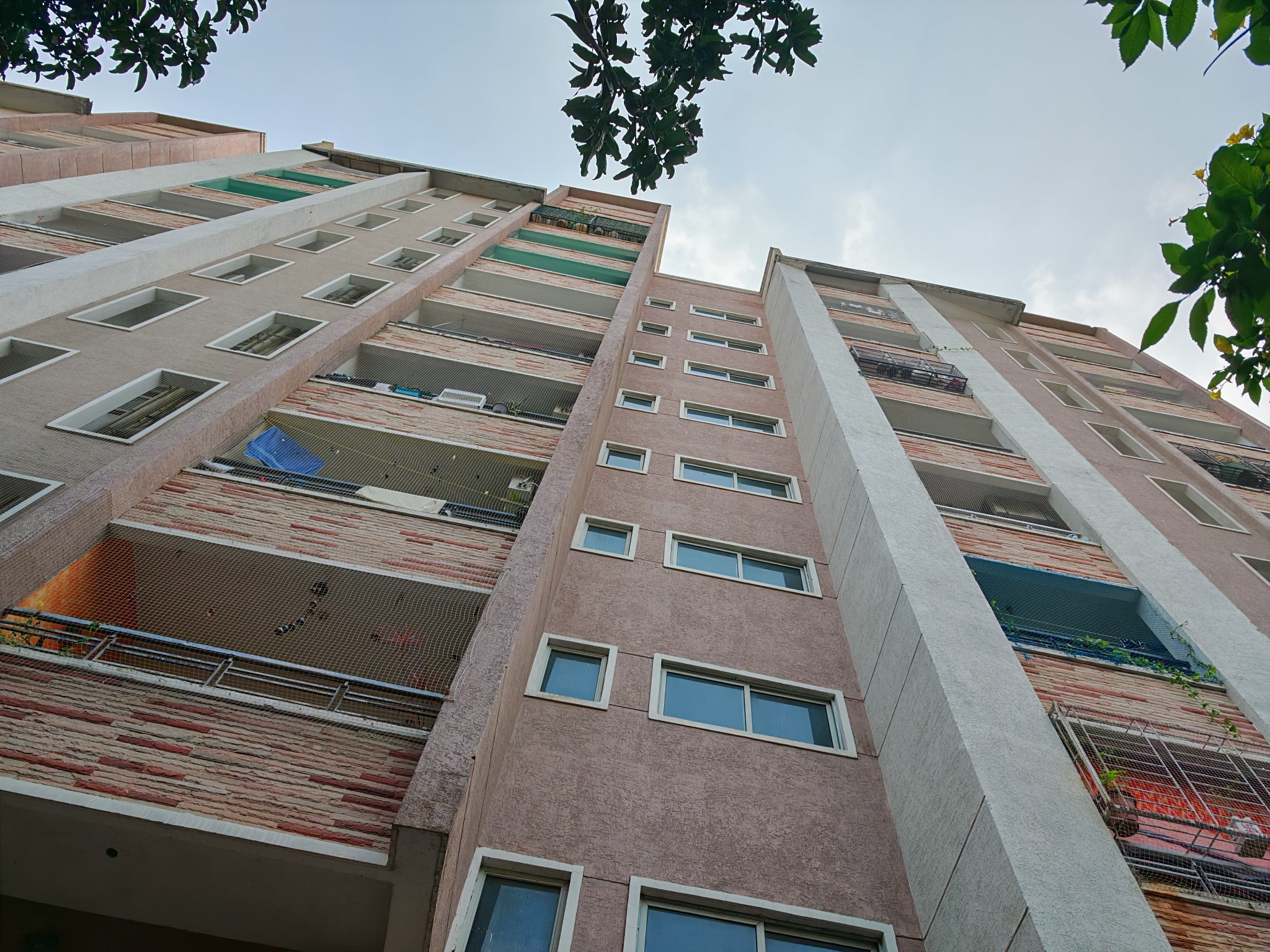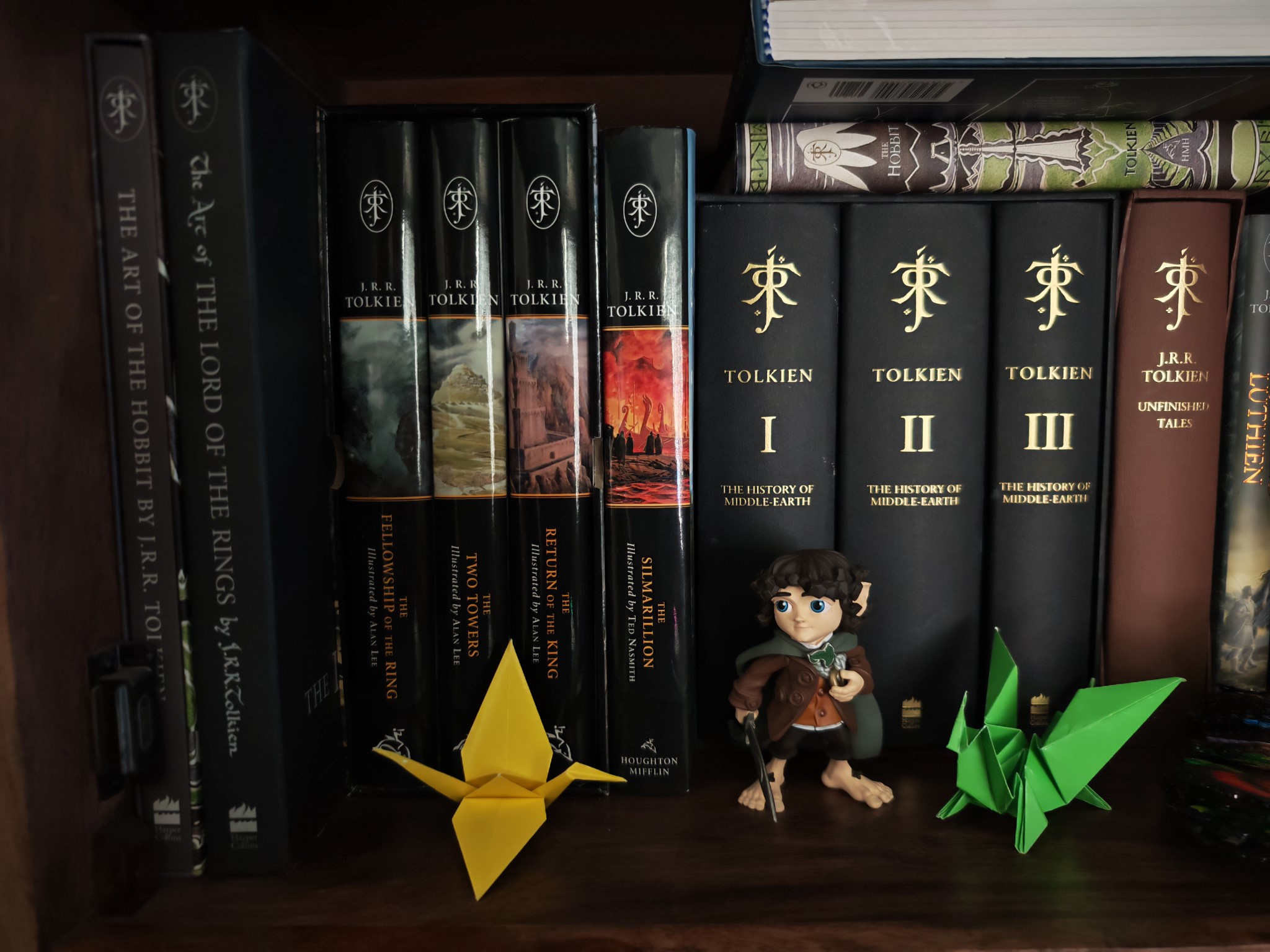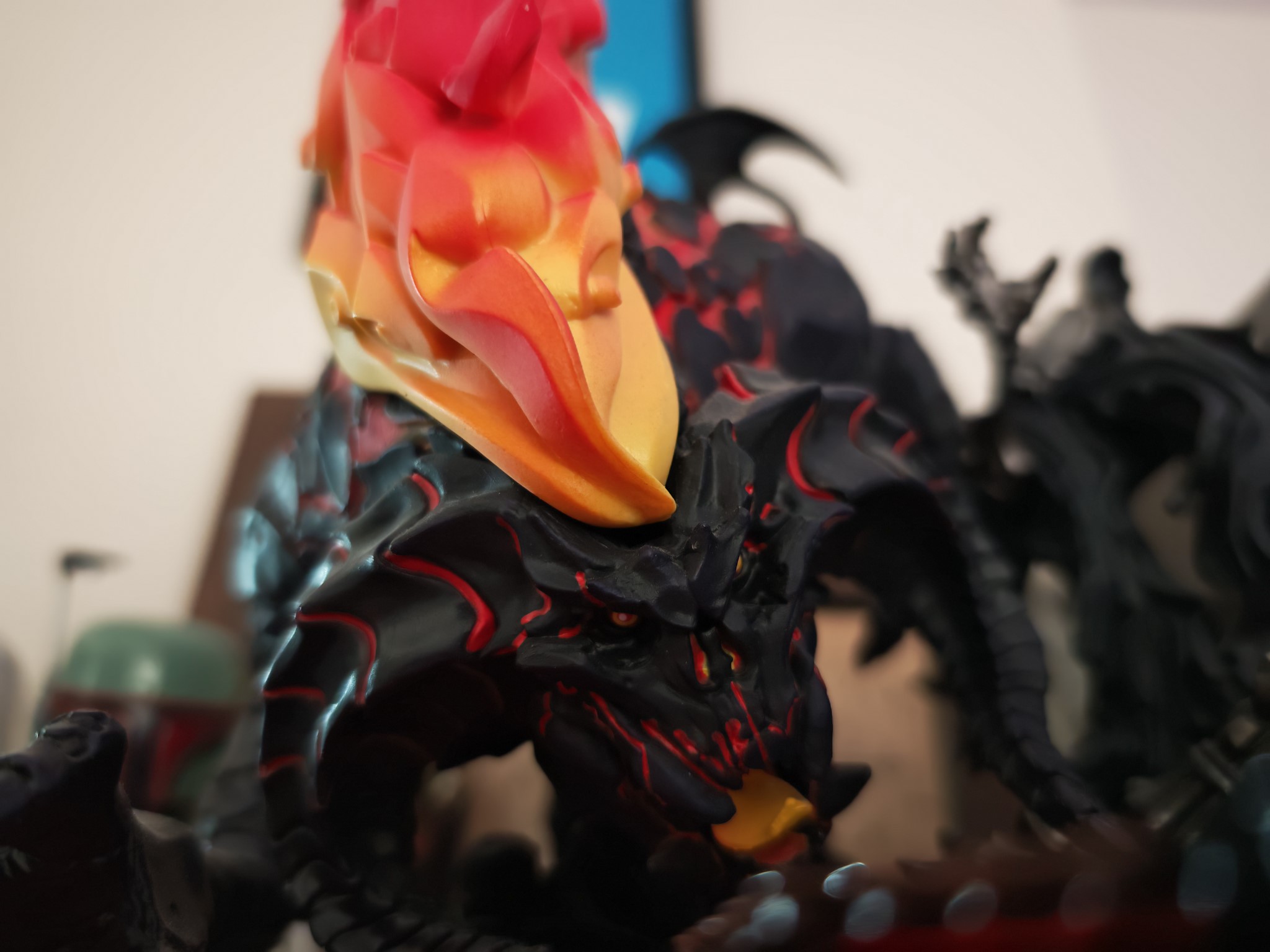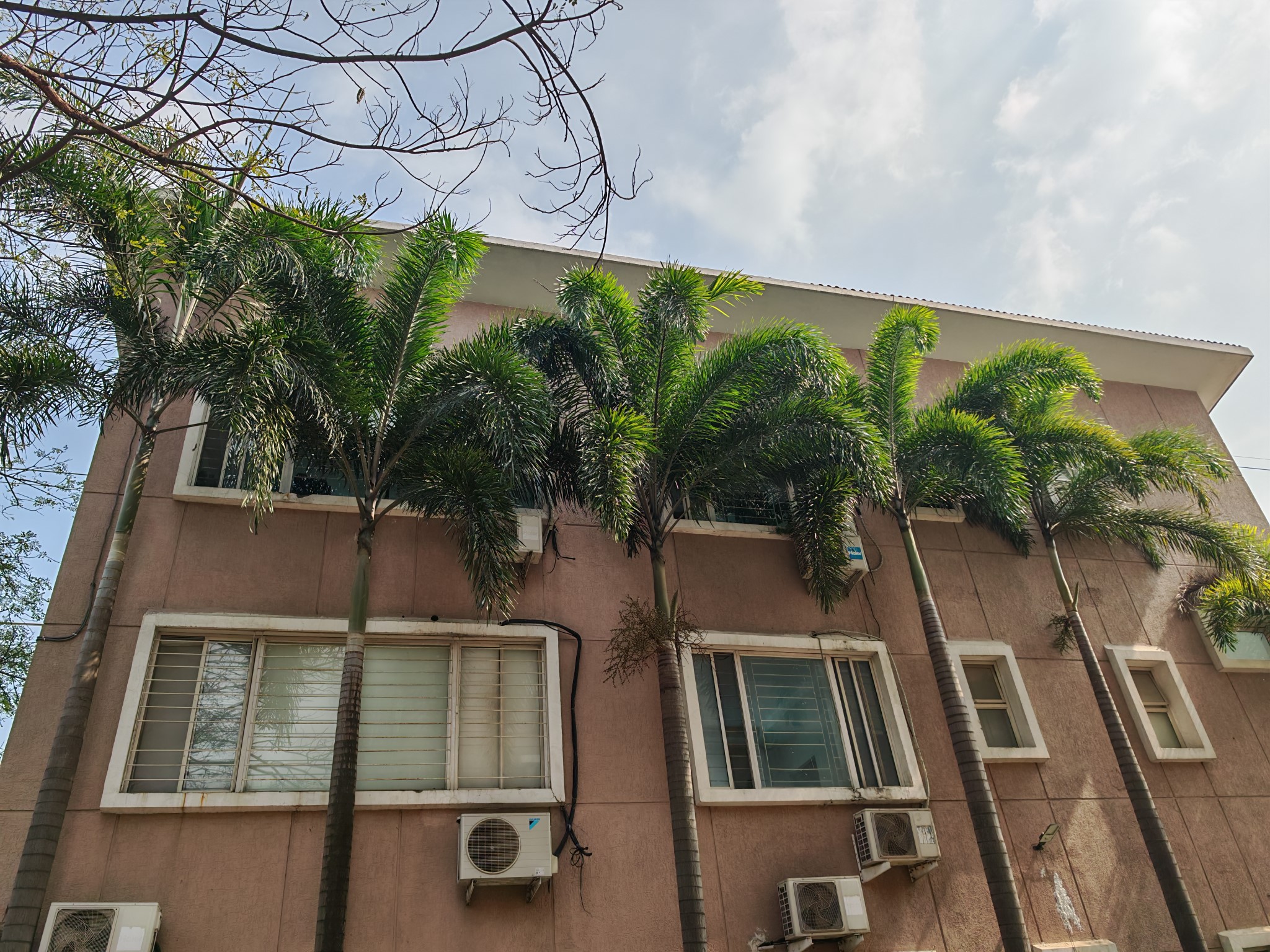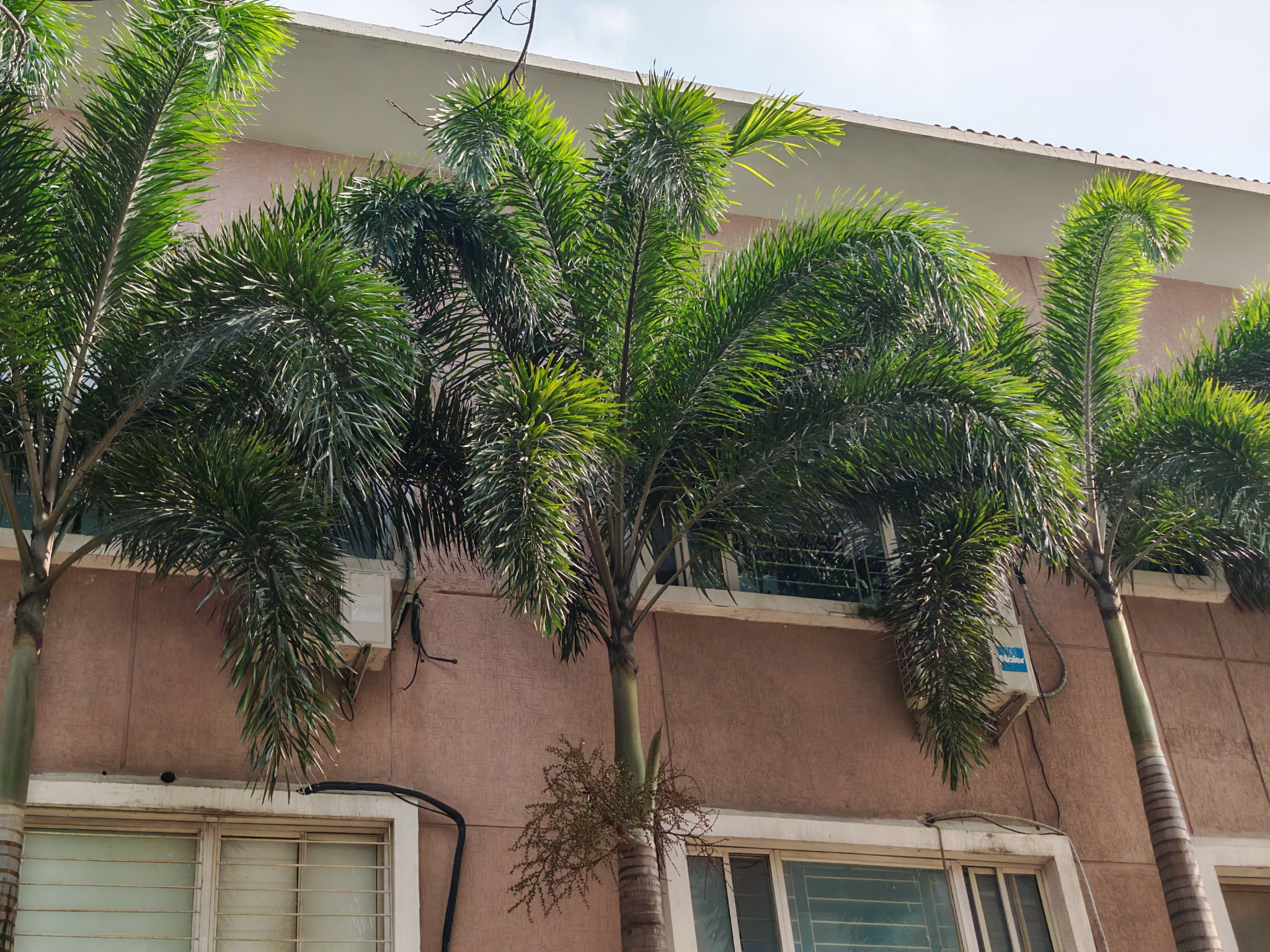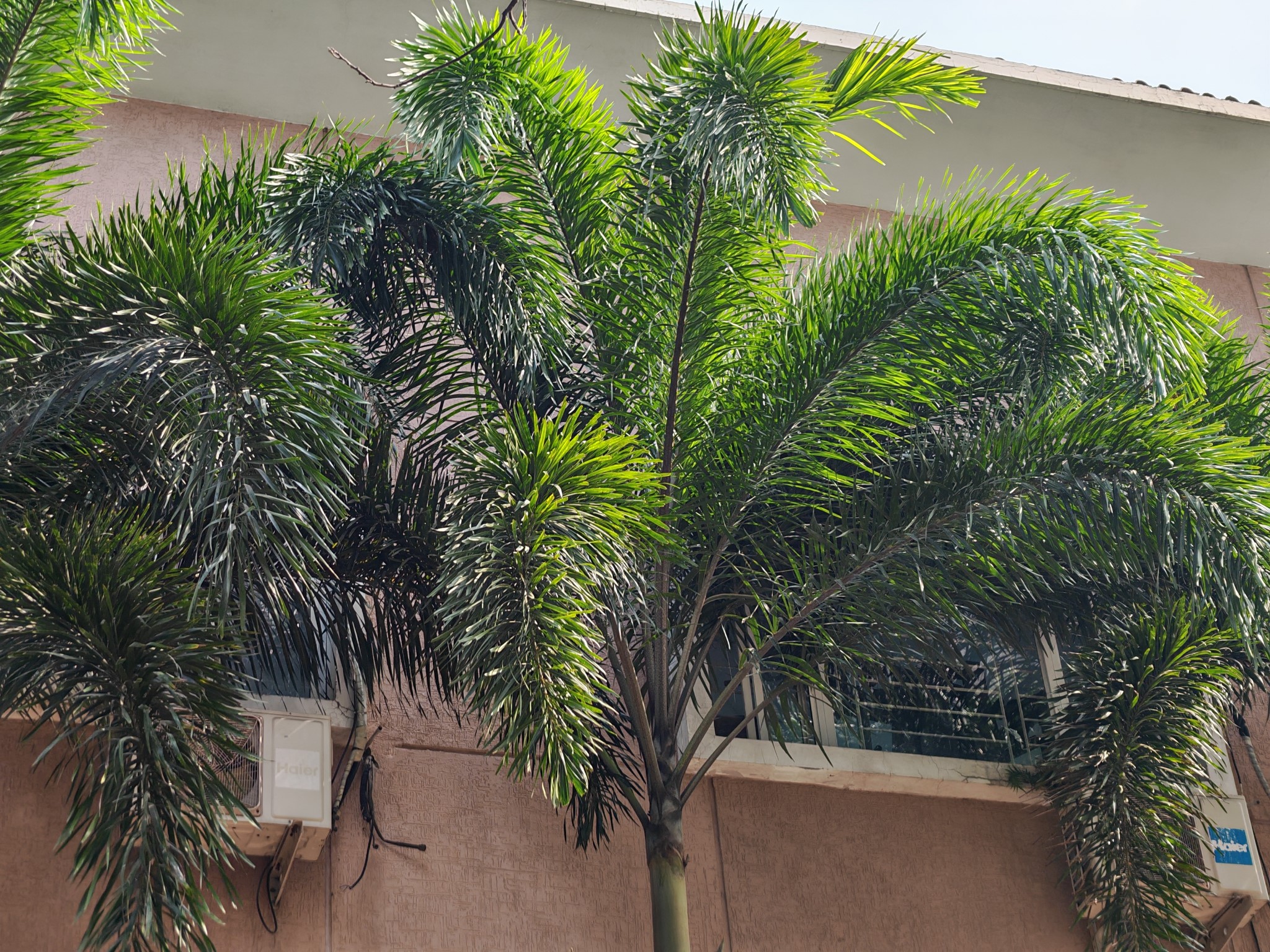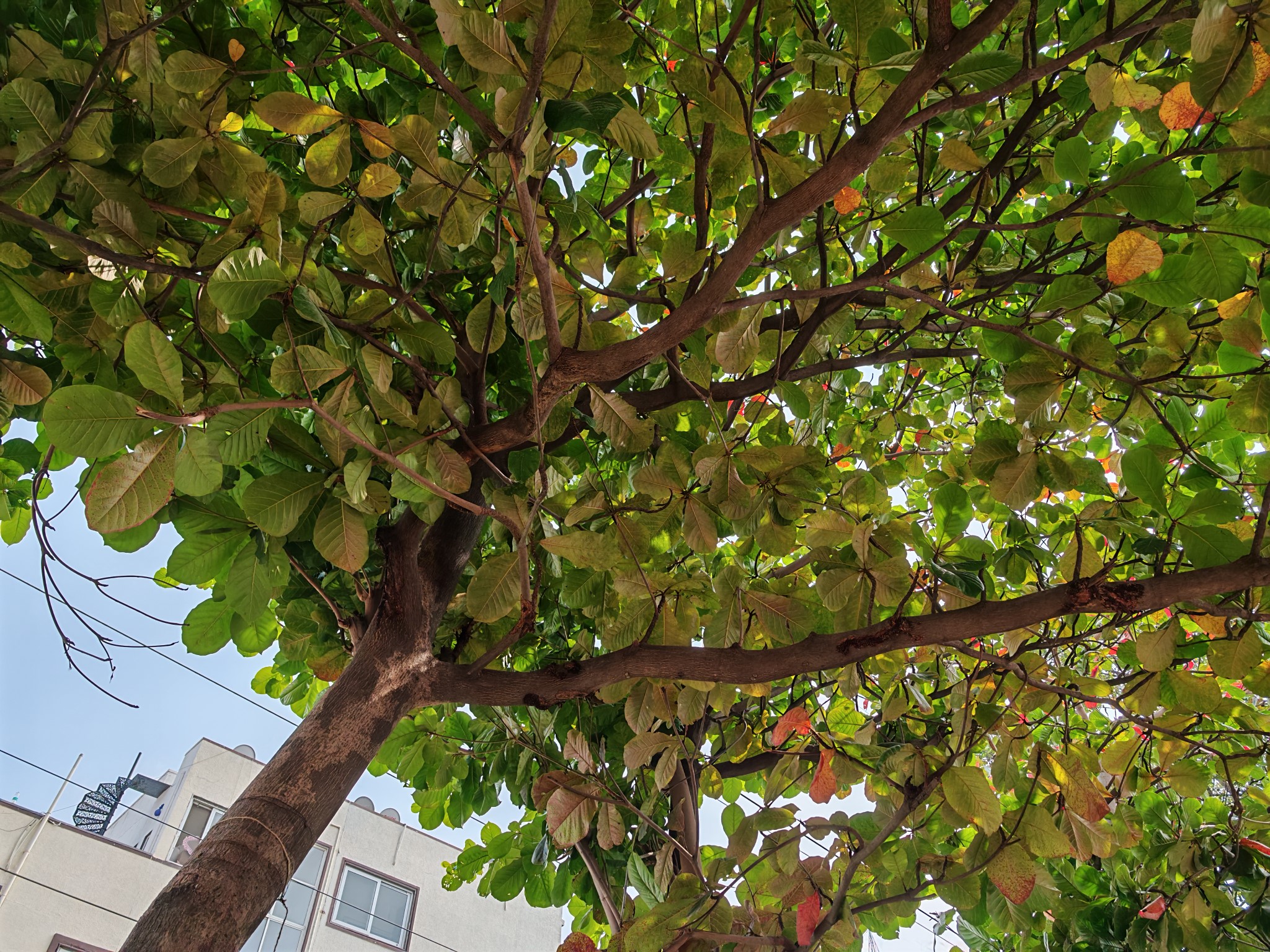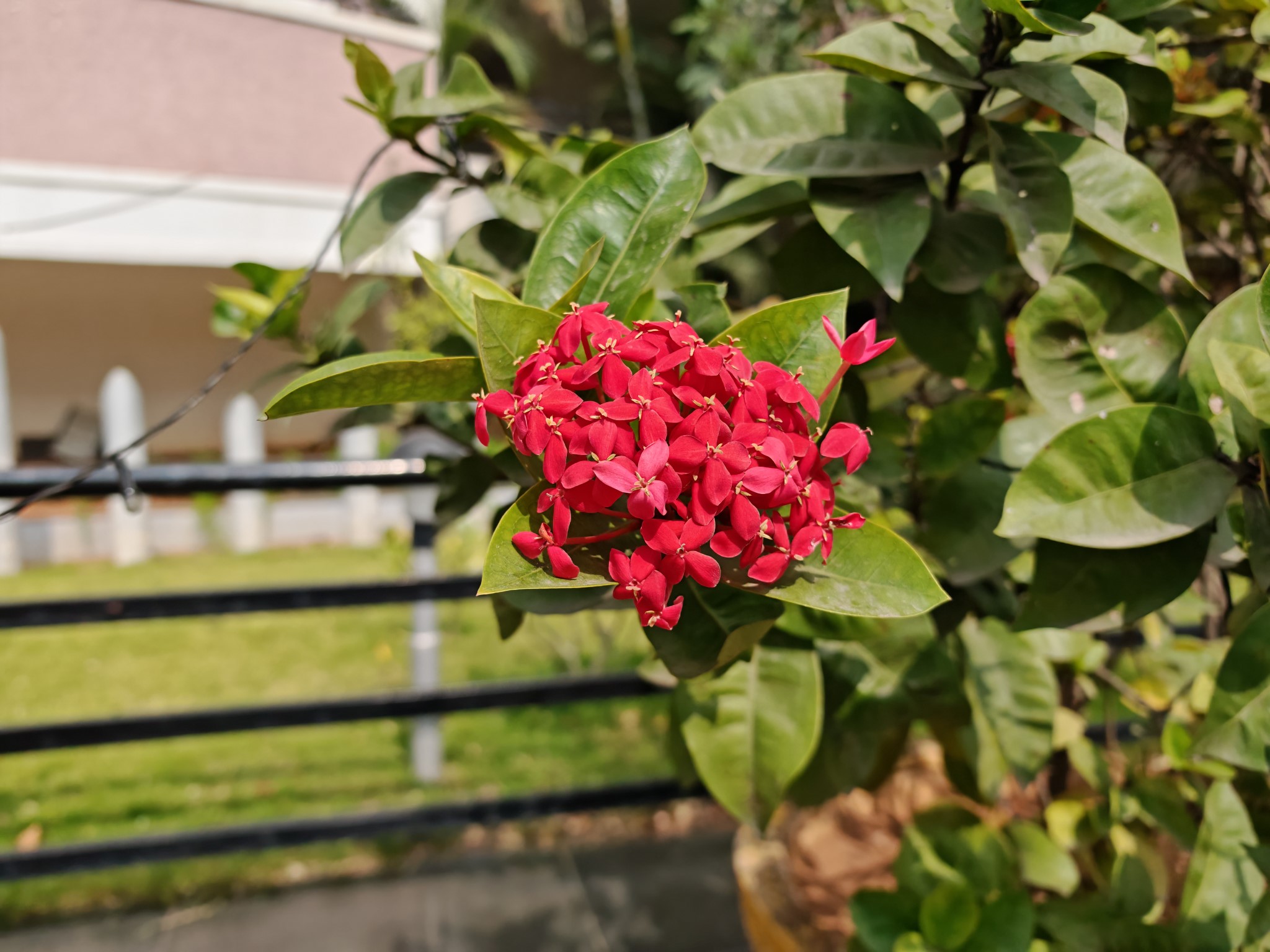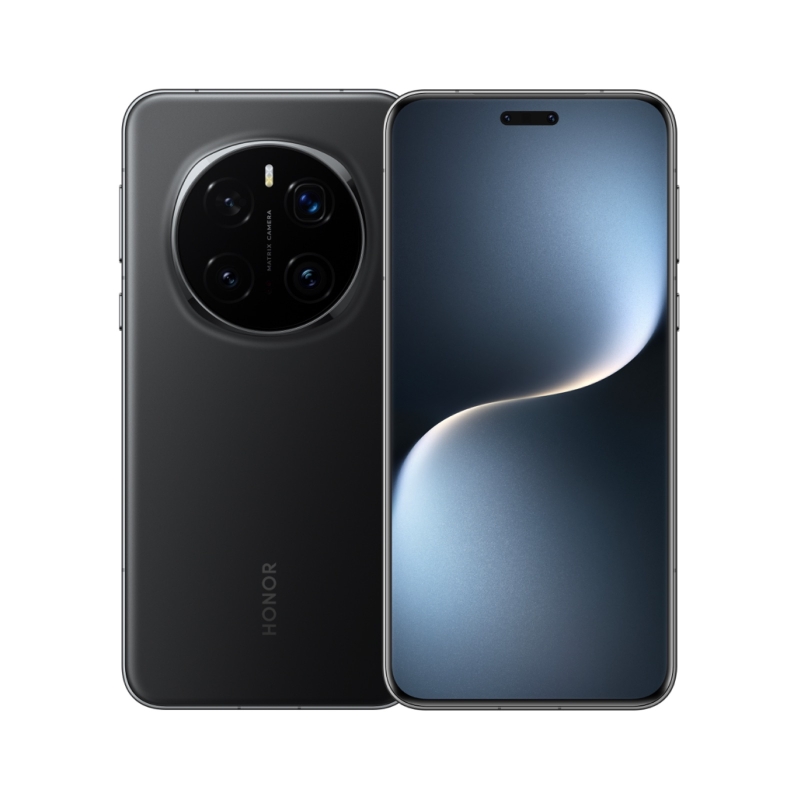Honor saw heady gains in 2024 on the back of the Magic 6 Pro and Magic V3, and the brand shows no signs of slowing down this year. After making its debut in China at the end of last year, the Magic 7 Pro is now making its way to global markets, and there’s a lot to like with the device. Honor is doubling down on AI integration, rolling out a slate of new features that transform how you use the phone.
There’s a new design as well, the latest Qualcomm hardware, a third-gen silicon-carbon battery, and upgraded cameras — including a 200MP telephoto lens at the back. The software has gotten a fresh coat of paint as well, with the phone running MagicOS 9.0 based on Android 15.
With other Chinese brands raising the bar for imaging thanks to the Vivo X200 Pro and Find X8 Pro, I wanted to see how Honor measures up. I used the Magic 7 Pro as my daily driver for just over two weeks, and here’s why I think it is one of the best phones of 2025.
Honor Magic 7 Pro: Pricing and availability
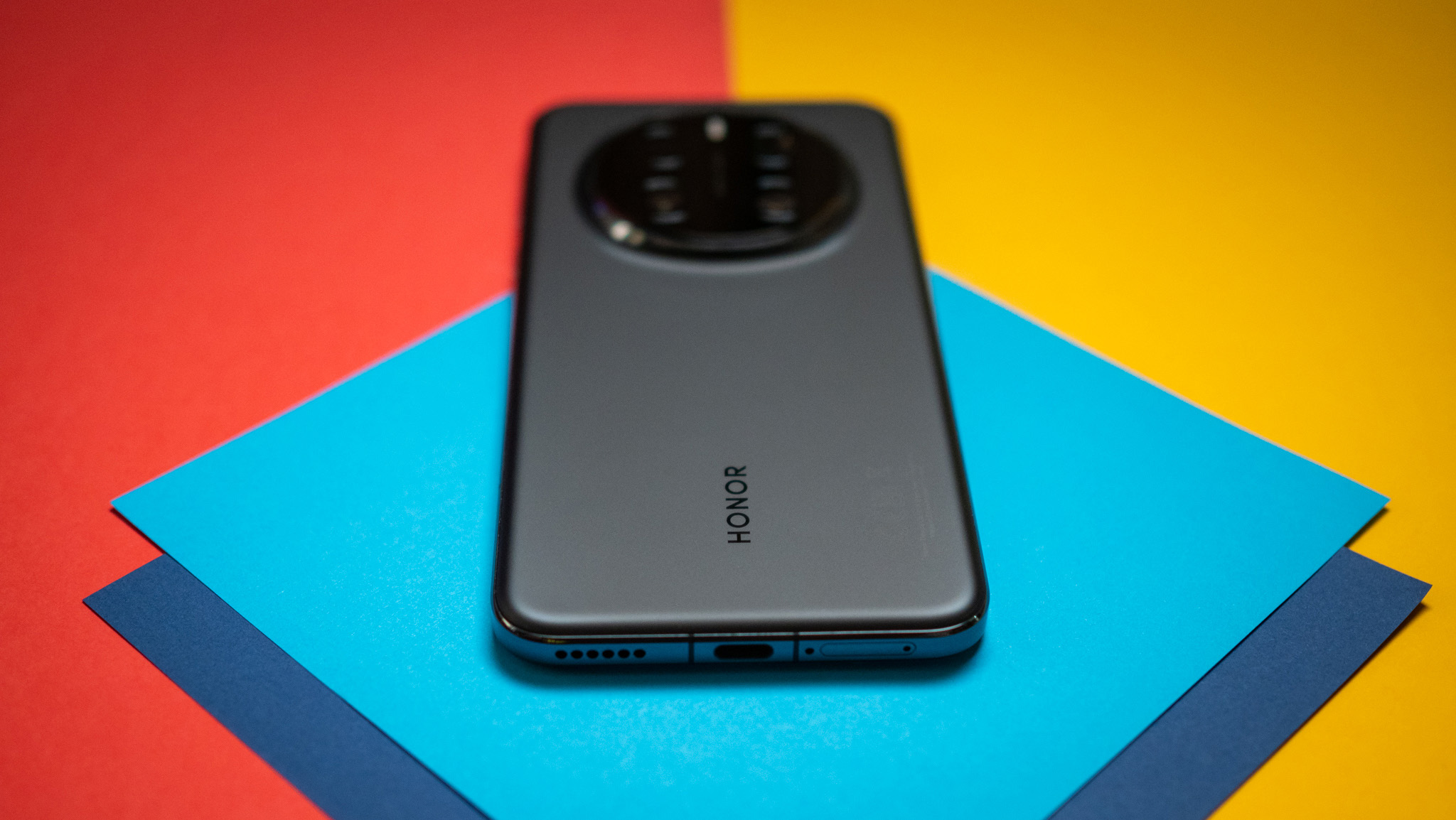
Honor unveiled the Magic 7 Pro in China on October 30, and the phone made its global debut at an event in Slovenia on January 15, 2025. It is now on sale in global markets in a single 12GB/512GB variant, which costs £1,099 ($1,343) in the U.K. and €1,299 ($1,336) in other countries in Europe.
Honor is incentivizing the launch in the U.K. by providing a £200 ($244) discount and the 100W charger (which isn’t bundled this time), and rolling out a one-time replacement within 180 days. This is highly interesting, and similar to what OnePlus did with the OnePlus 13 in India. Essentially, if you notice any hardware issues within six months of use, you’ll be eligible to get a new Magic 7 Pro instead of sending it in for service.
| Category | Honor Magic 7 Pro |
|---|---|
| OS | MagicOS 9.0 based on Android 15, five Android OS updates and six years of security updates |
| Display | 6.8-inch LTPO 120Hz OLED, 2800×1200, Dolby Vision, 4230Hz PWM dimming, 1600 nits HBM, 5000 nits max, NanoCrystal Shield |
| Chipset | Snapdragon 8 Elite, Adreno 830, 3nm |
| RAM | 12GB LPDDR5X |
| Storage | 512GB UFS 4.0 |
| Rear camera 1 | 50MP f/1.4 – f/2.0 main camera, 1/1.3-inch sensor, OIS |
| Rear camera 2 | 200MP f/2.6 telephoto, 1/1.4-inch sensor, 3x optical zoom, OIS |
| Rear camera 3 | 50MP f/2.0 wide-angle, 1/2.88-inch sensor |
| Front cameras | 50MP + 3D module |
| Ingress protection | IP68 and IP69 dust and water resistance |
| Connectivity | Wi-Fi 7, Bluetooth 5.4, AptX HD, NFC, dual-band GPS, USB-C 3.2 |
| Security | Ultrasonic fingerprint, secure face unlock |
| Audio | USB-C, stereo sound |
| Battery | 5270mAh third-gen silicon-carbon battery, 100W charging, 80W wireless charging |
| Dimensions | 162.7 x 77.1 x 8.8mm, 223g |
| Colors | Lunar Shadow Grey, Breeze Blue, Black |
Honor Magic 7 Pro: Design
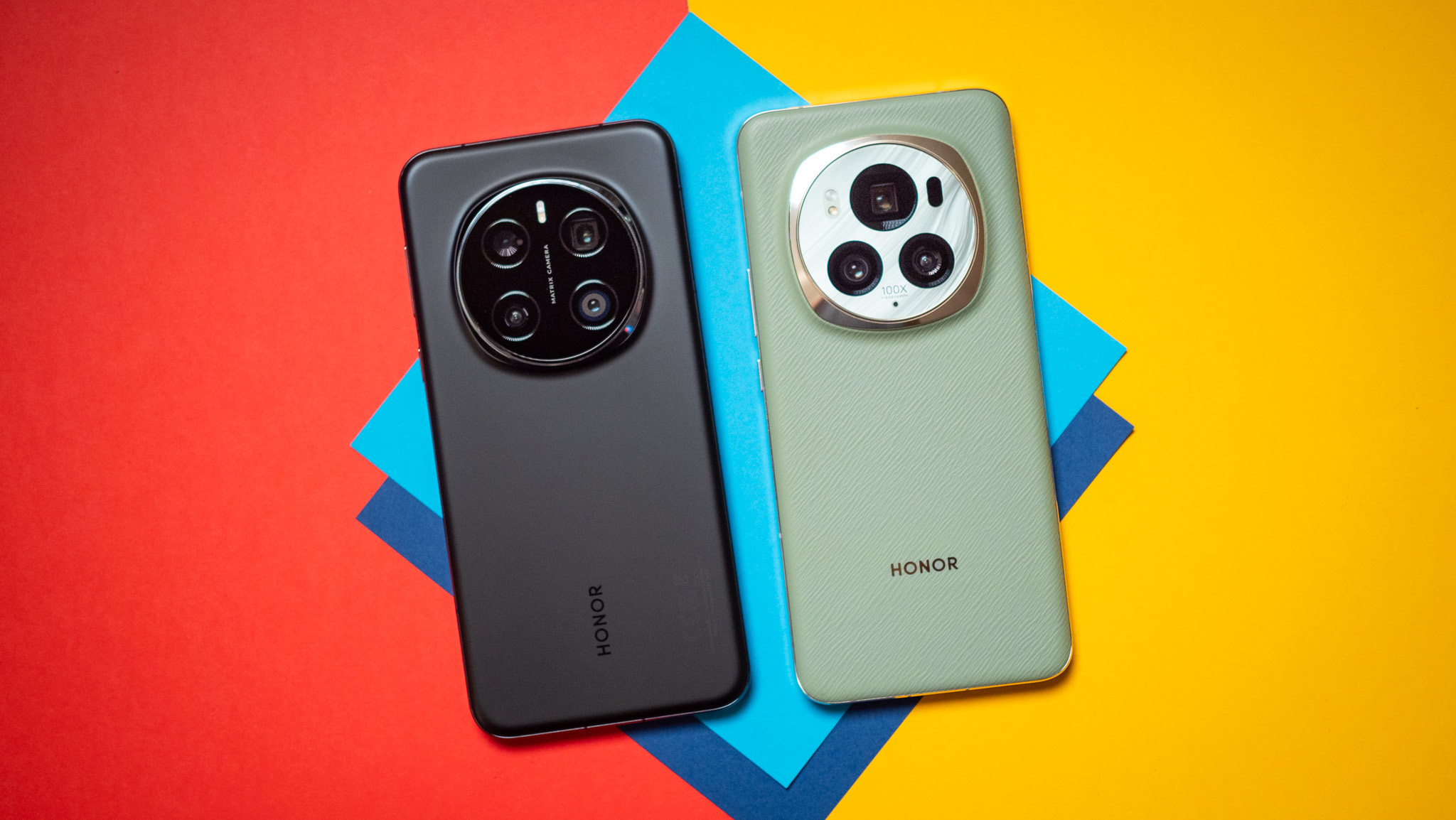
Like every other phone I used recently, the Magic 7 Pro has a design with flat sides. It’s clear that all manufacturers are gravitating toward this design aesthetic, and I can see the reason why; not having dual-curved edges means the glass panes are less prone to breakage in the case of a tumble.
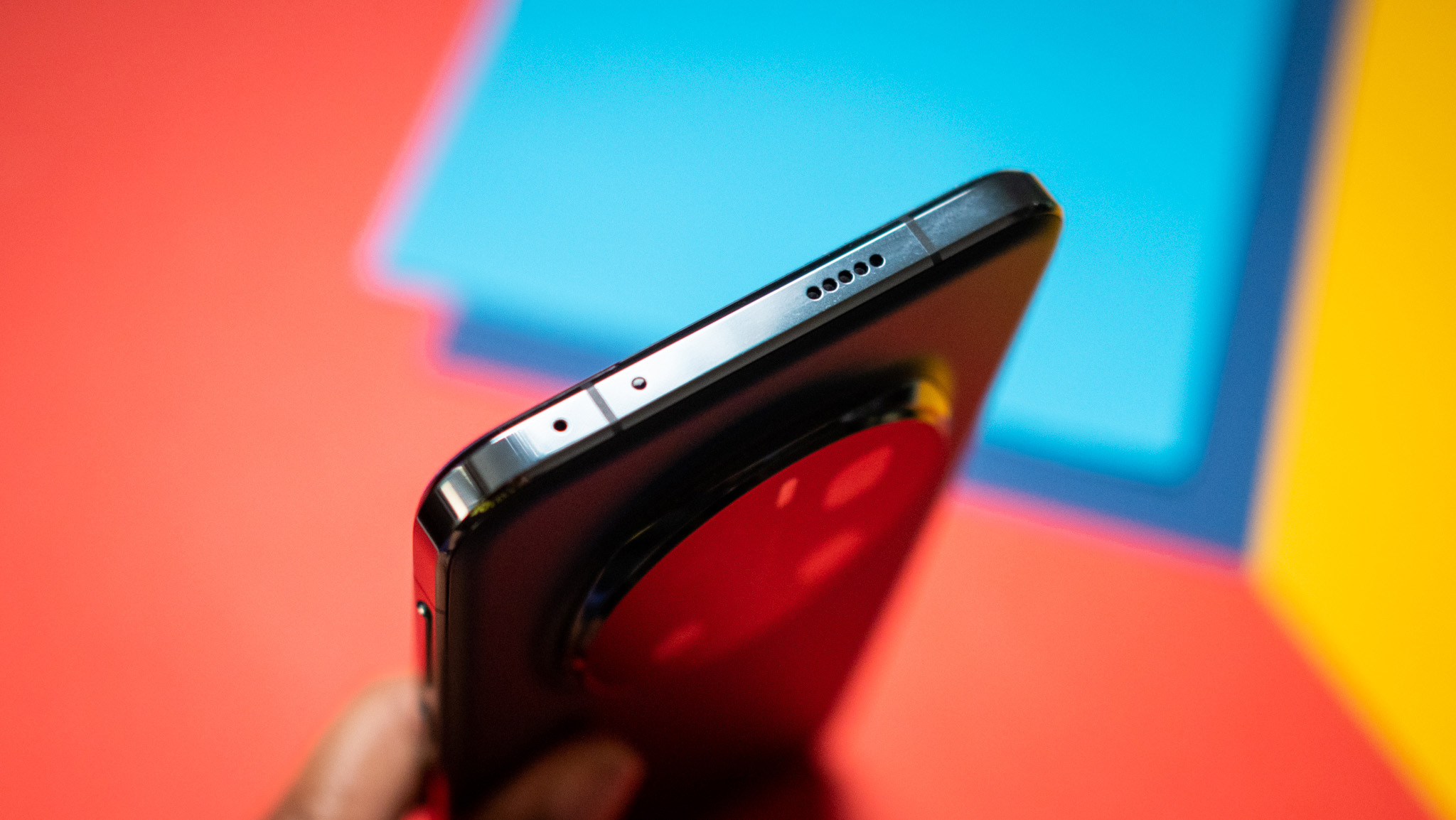
Although the sides are thicker, the use of beveled edges make holding and using the phone comfortable. This is in line with what OnePlus did on the OnePlus 13, and the Magic 7 Pro has a similar in-hand feel. Weight distribution is great as well, and even though you get a massive camera island at the back, the device doesn’t feel unwieldy in the least.

I like the changes to the camera island as well; the module is inlaid with metal and has a squircle design, and it looks cleaner than last year. The way the island merges seamlessly into the back is reminiscent of the Find X5 Pro, and the overall effect is elegant.
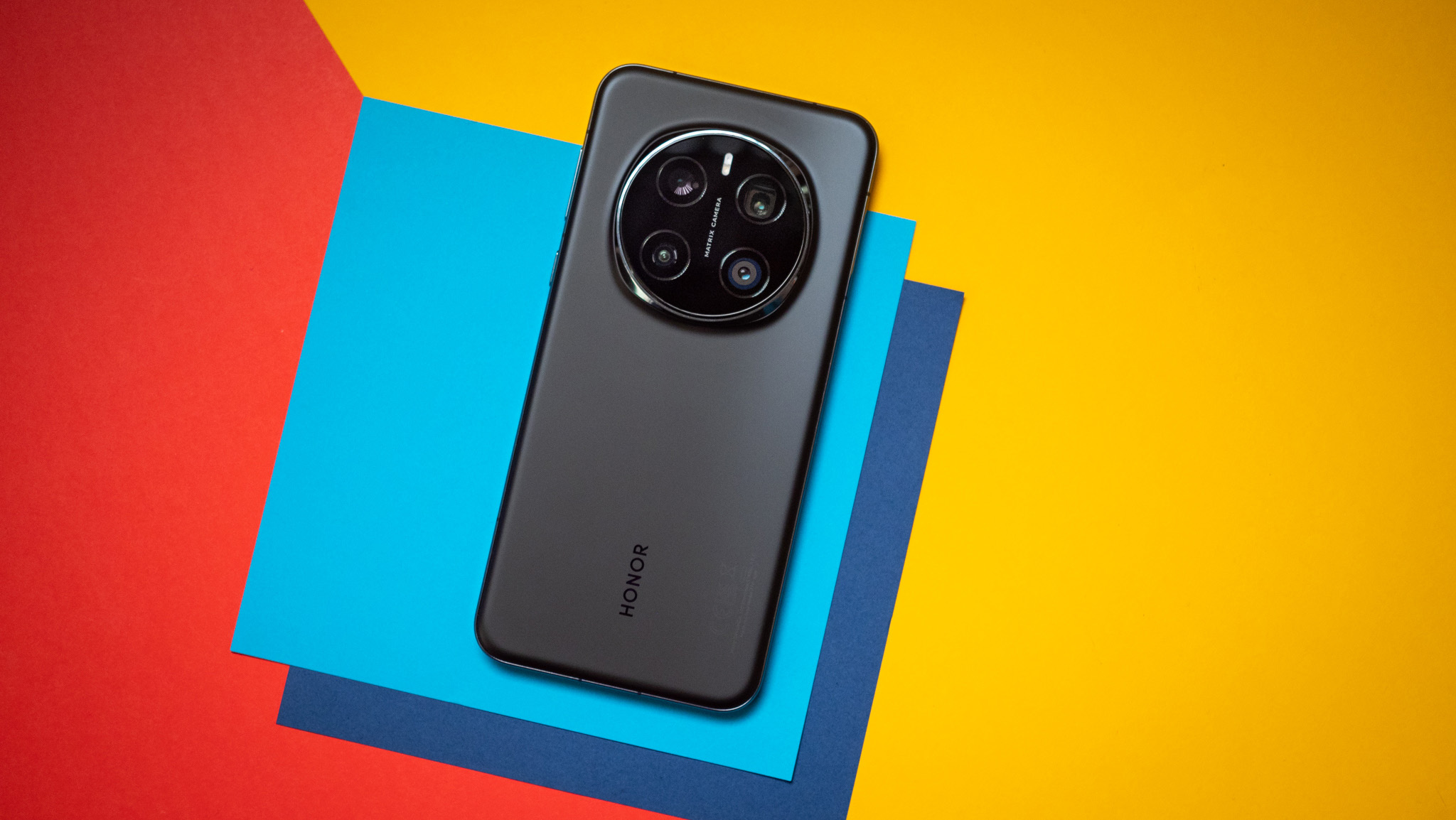
The Magic 7 Pro is available in blue, black, and Lunar Shadow Grey color variants, and the latter option is the most interesting of the lot. I got the black model, and it isn’t anywhere as interesting — if you’re eyeing the device, I’d suggesting picking up the grey model.
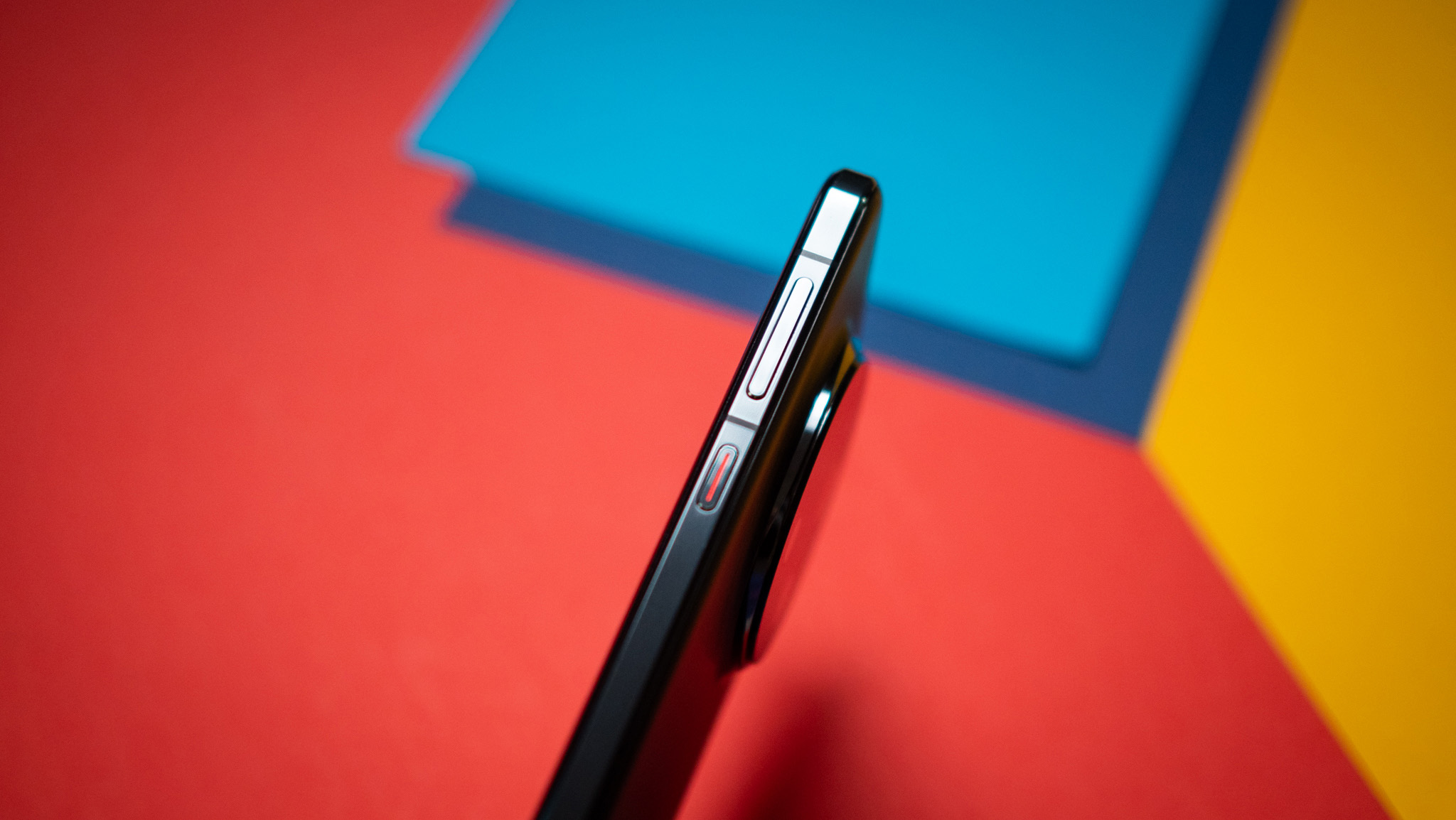
The back doesn’t draw too much attention to itself (at least in this colorway), and you get a silky texture that ensures smudges don’t show up. There’s adequate width on the sides to hold the device comfortably, and the power button has a red accent that gives it a little bit of character.
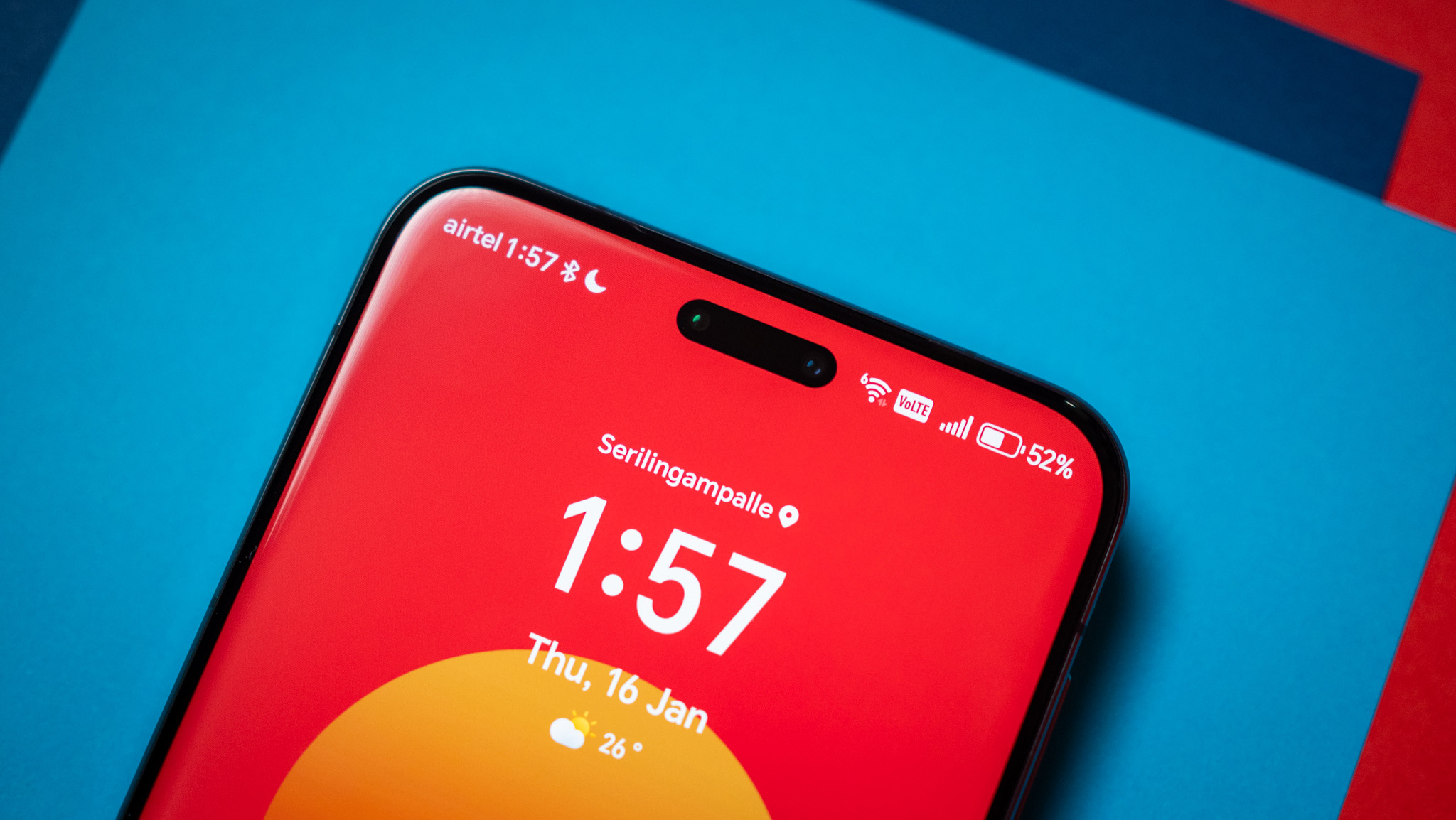
Another positive is the ultrasonic sensor; it is located in the ideal position, and is fast to authenticate. Honor is an outlier among Android manufacturers in that it uses a secondary camera at the front, and this is used to enable 3D face unlock. While all Android phones have a similar feature, they’re not as secure as biometrics; thankfully, that isn’t an issue on the Magic 7 Pro, and you get two secure methods to unlock the device.
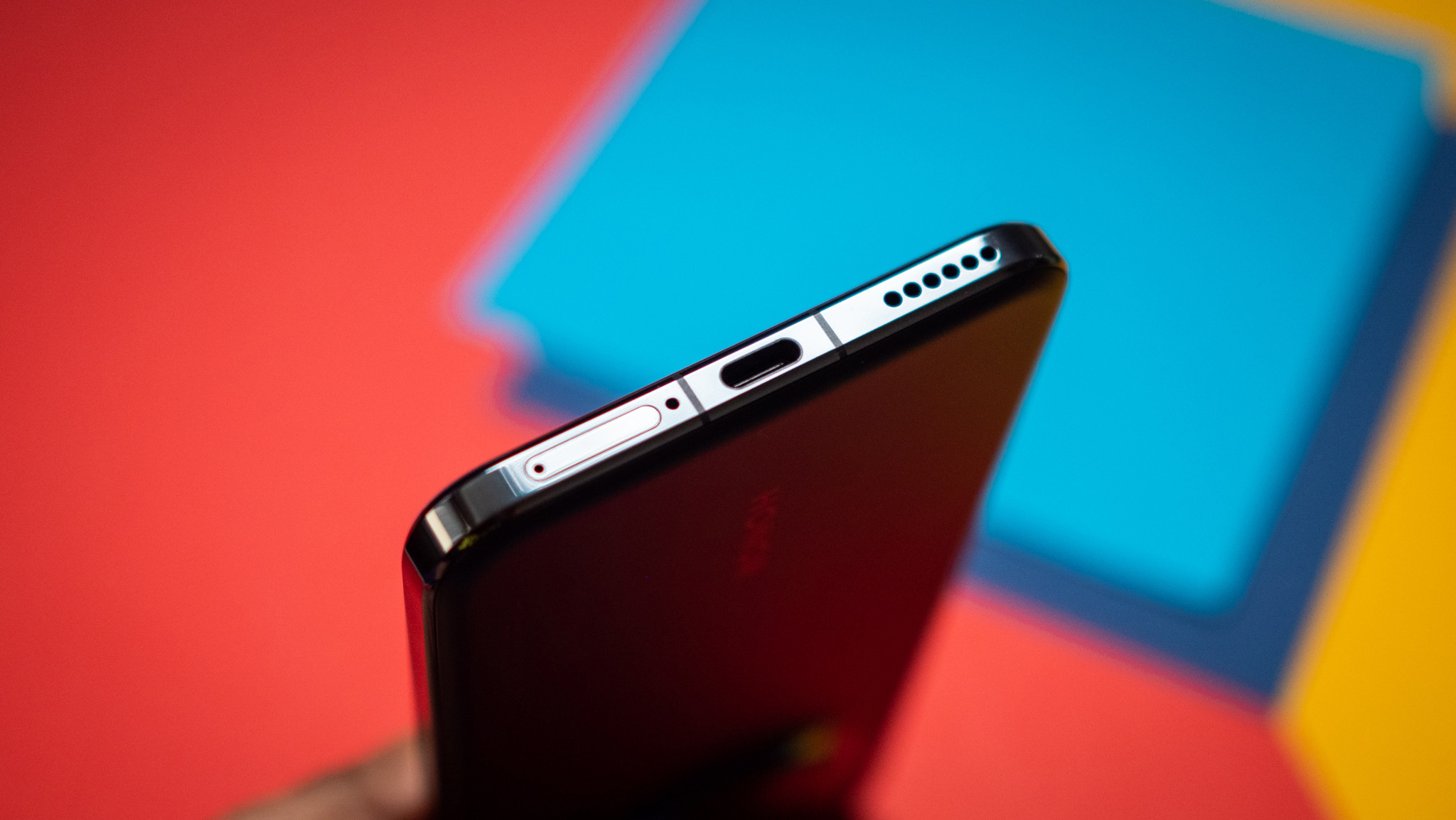
Similar to other Chinese phones, the Magic 7 Pro gets IP68 and IP69 ingress protection, and it can withstand immersion in up to 1.5 meters of water in addition to high pressure water jets and hot liquids up to 80 degrees Celsius. If anything, the only quibble I have with the design is that the device is heavy at 223g — the same as the X200 Pro. However, you get a smaller 5270mAh battery (X200 Pro has 6000mAh), and the phone is chunkier at 8.8mm (versus 8.2mm).
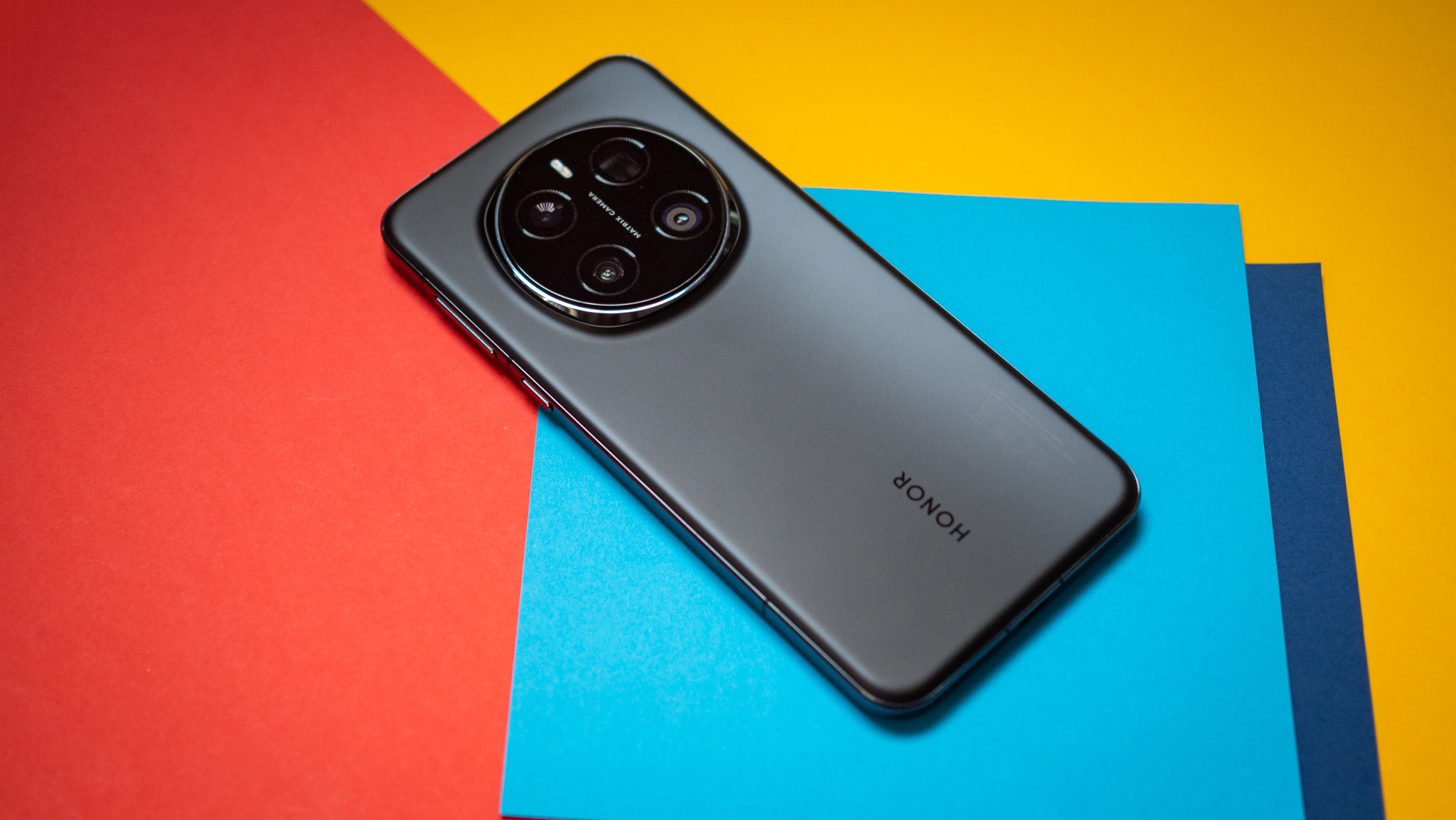
Outside of that, there are no problems with the design. In addition to the regular model, Honor is rolling out the Porsche Design variant of the device, and like the Magic 6 RSR, it has a hexagonal camera island and is available in two interesting colors. The rest of the hardware is identical to the regular model, but you get a few unique UI elements, and I particularly like the Standby mode that’s available on the device.
Honor Magic 7 Pro: Display

Honor is using a similar-sized 6.8-inch AMOLED panel as last year, and you get the same 5000-nit maximum brightness. That number is meaningless in real-world use as it’s only limited to select zones when viewing HDR content; thankfully, the phone holds up rather well even under harsh sunlight, and it is among the brightest I tested — only the Pixel 9 Pro XL got brighter in outdoor use.
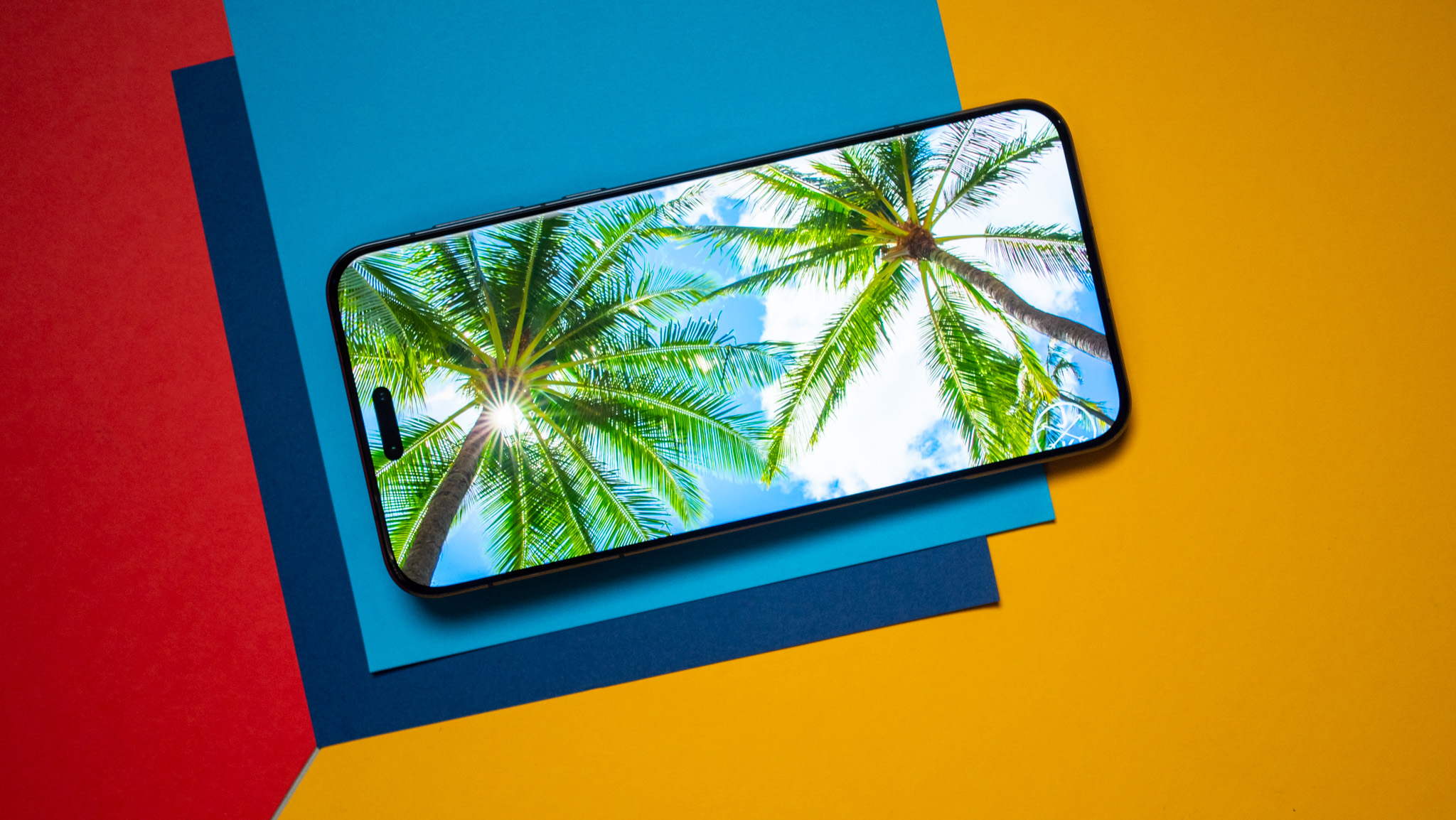
Colors are vibrant and detailed, and contrast levels are excellent as well. The phone goes up to 120Hz, and like other flagships, you get dynamic refresh that scales it between 1Hz to 120Hz based on the on-screen content. The phone has HDR integration, and there’s a dynamic video mode that boosts colors in the gallery, Instagram, and YouTube.
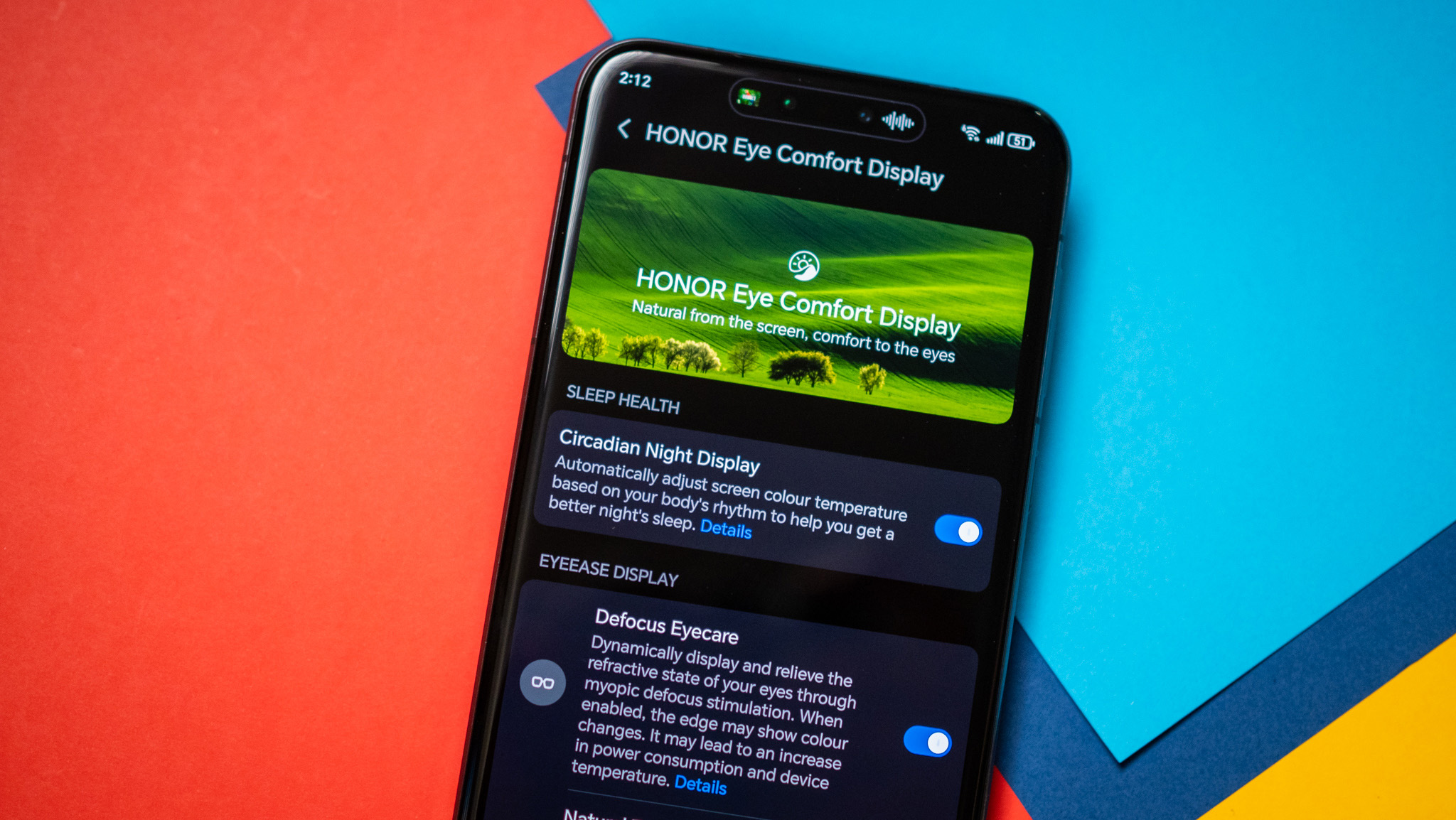
Like last year, you get 4320Hz PWM dimming, and while other manufacturers are now doing the same on their devices, Honor leads the way when it comes to eye-care tech on its phones. The Magic 7 Pro gets a suite of features in this regard, including myopic defocus stimulation, circular polarization, and natural tone. In short, the Magic 7 Pro has enough novel display tech that if you’re worried about eye fatigue or strain, this is clearly the device to get.
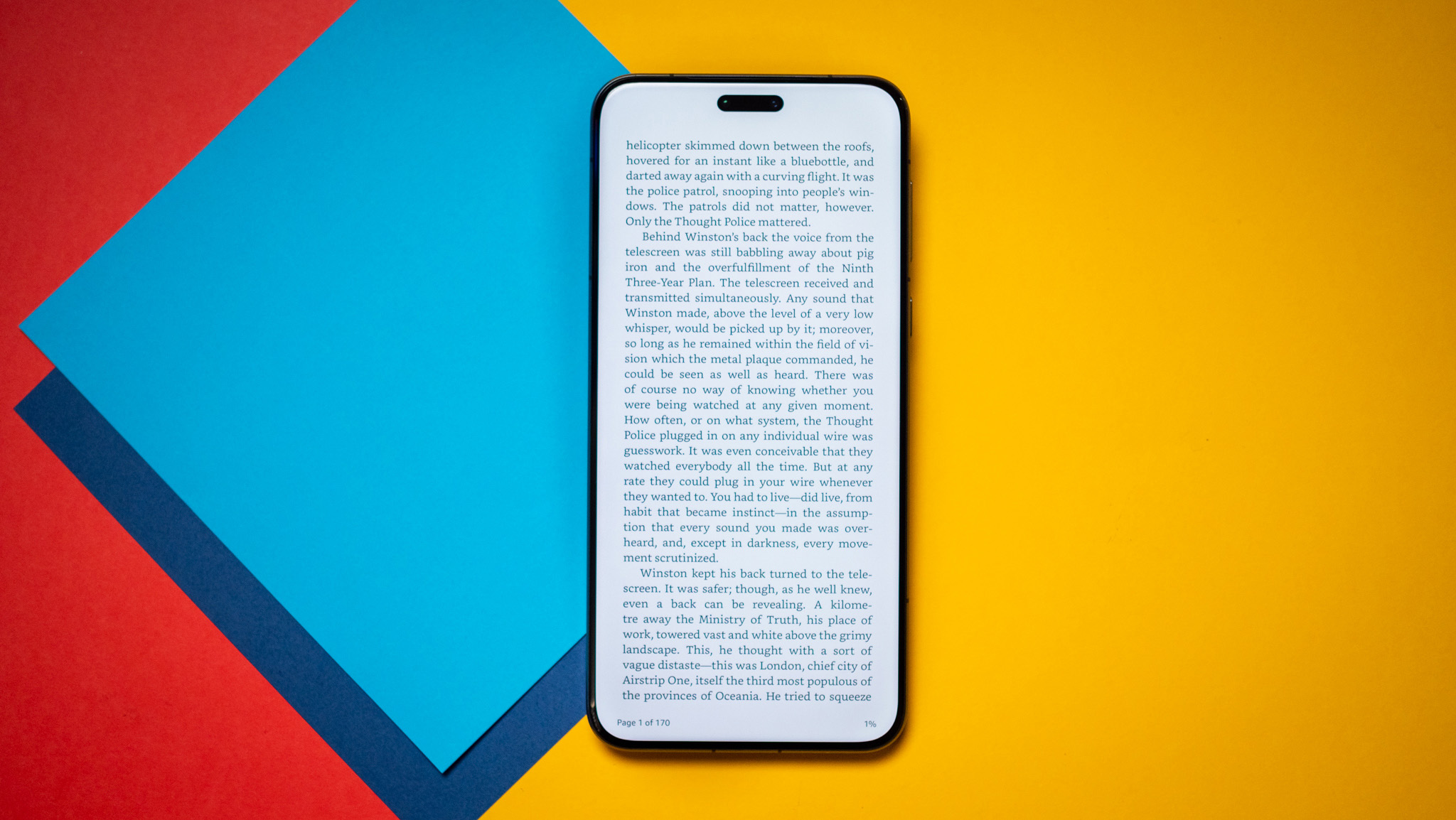
While all of those features are great, what I like the most is that there’s a dedicated ebook mode that switches the panel to monochrome. I used this feature extensively in legacy OxygenOS and MIUI builds, but it’s not available in recent versions of the skins, so it’s great to see Honor offering the feature.

I had no issues with the Magic 7 Pro when it comes to playing videos or gaming, and the phone has outstanding built-in stereo sound. Honor says it increased the sound cavity this time to create a sense of depth, and that’s noticeable in daily use.
Honor Magic 7 Pro: Performance
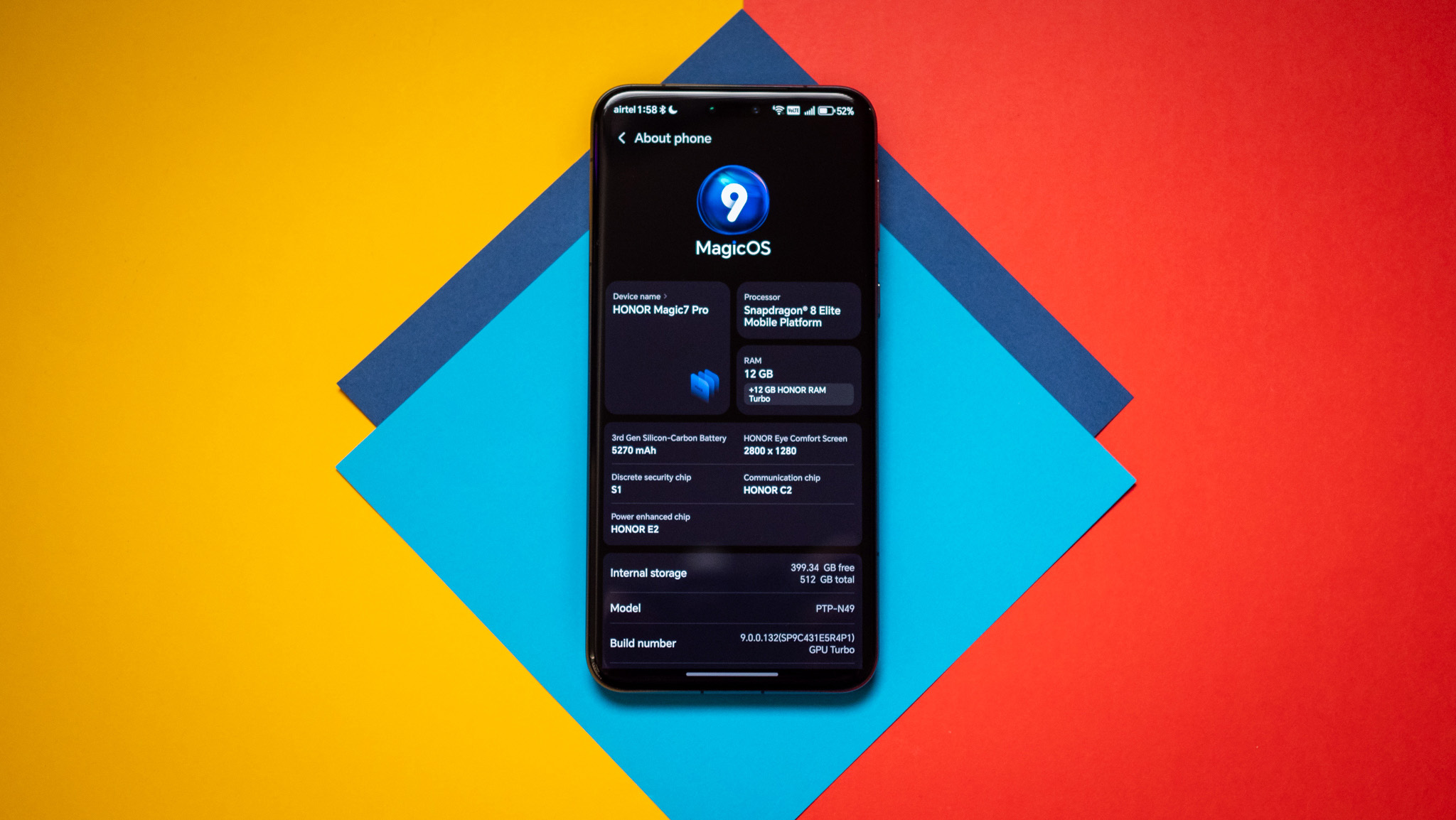
Honor went with Qualcomm’s latest Snapdragon 8 Elite, and the global model is sold in a 12GB/512GB configuration. Ideally, Honor should have brought the 16GB/512GB edition outside China, but that isn’t the case. Regardless, I didn’t see any issues with memory being the bottleneck in the two weeks I used the device.
Similar to other flagships I tested recently, the phone absolutely flies in regular use, and there are no slowdowns whatsoever. The phone handles demanding games without breaking a sweat, and if anything, there’s a sense that we need better games on Android to take full advantage of the power available this generation.
| Category | Honor Magic 7 Pro | Vivo X200 Pro |
|---|---|---|
| PCMark Work 3.0 (Overall) | 21008 | 15731 |
| PCMark Work 3.0 (Web Browsing) | 24889 | 13716 |
| PCMark Work 3.0 (Video Editing) | 8072 | 5823 |
| PCMark Work 3.0 (Writing) | 27504 | 24744 |
| PCMark Work 3.0 (Photo Editing) | 40642 | 13582 |
| Geekbench 6 (single-core) | 2965 | 2381 |
| Geekbench 6 (multi-core) | 6342 | 7175 |
| Geekbench AI (Quantized Score) | 2115 | 2436 |
| 3DMark Wild Life Extreme (score) | 6391 | 6070 |
| 3DMark Wild Life Extreme (FPS) | 38.27 | 36.35 |
| 3DMark Solar Bay (score) | 11298 | 11021 |
| 3DMark Solar Bay (FPS) | 42.96 | 41.91 |
The only issue in this area is that the device gets noticeably hotter than its rivals during extended gaming sessions. I saw the phone go up to 48 degrees Celsius, four degrees hotter than the X200 Pro. The upside is that the Magic 7 Pro posted the highest scores of any device I tested.
While most brands prioritize thermal management, Honor has a higher threshold in this area, with little to no throttling until the device gets hot enough that you won’t be able to hold it comfortably anyway. Outside of that, there are no problems with the hardware.
Call and cellular connectivity is great, and you get an AI privacy mode and ambient noise reduction while making calls. The vibration motor is decent enough as well, and while you don’t get feedback while navigating the interface — a long-standing issue in MagicOS — you can set up Gboard to use the haptic motor, and it works well.
Coming to connectivity, you get the usual Wi-Fi 7 modem and Bluetooth 5.4, along with NFC, dual-band GPS, AptX HD, and USB-C over the USB 3.2 standard with DisplayPort 1.2. You can easily connect the device to an external monitor, and it holds up well in this situation.
Honor Magic 7 Pro: Battery life

Honor has been using silicon-carbon batteries on its phones for over two years now, and the Magic 7 Pro sees the debut of the third-gen silicon tech. The material used in the anode of the battery is made by Group14, and Honor went with a single-cell design.
Annoyingly, the global model of the Magic 7 Pro has a smaller 5270mAh battery, while the Chinese variant has a 5850mAh battery. I still got a day’s worth of use consistently even with heavy use, and didn’t have to worry about the battery running out before the end of the day. With medium use, the phone manages to last a day and a half, but battery life isn’t as great as the X200 Pro and Find X8 Pro.
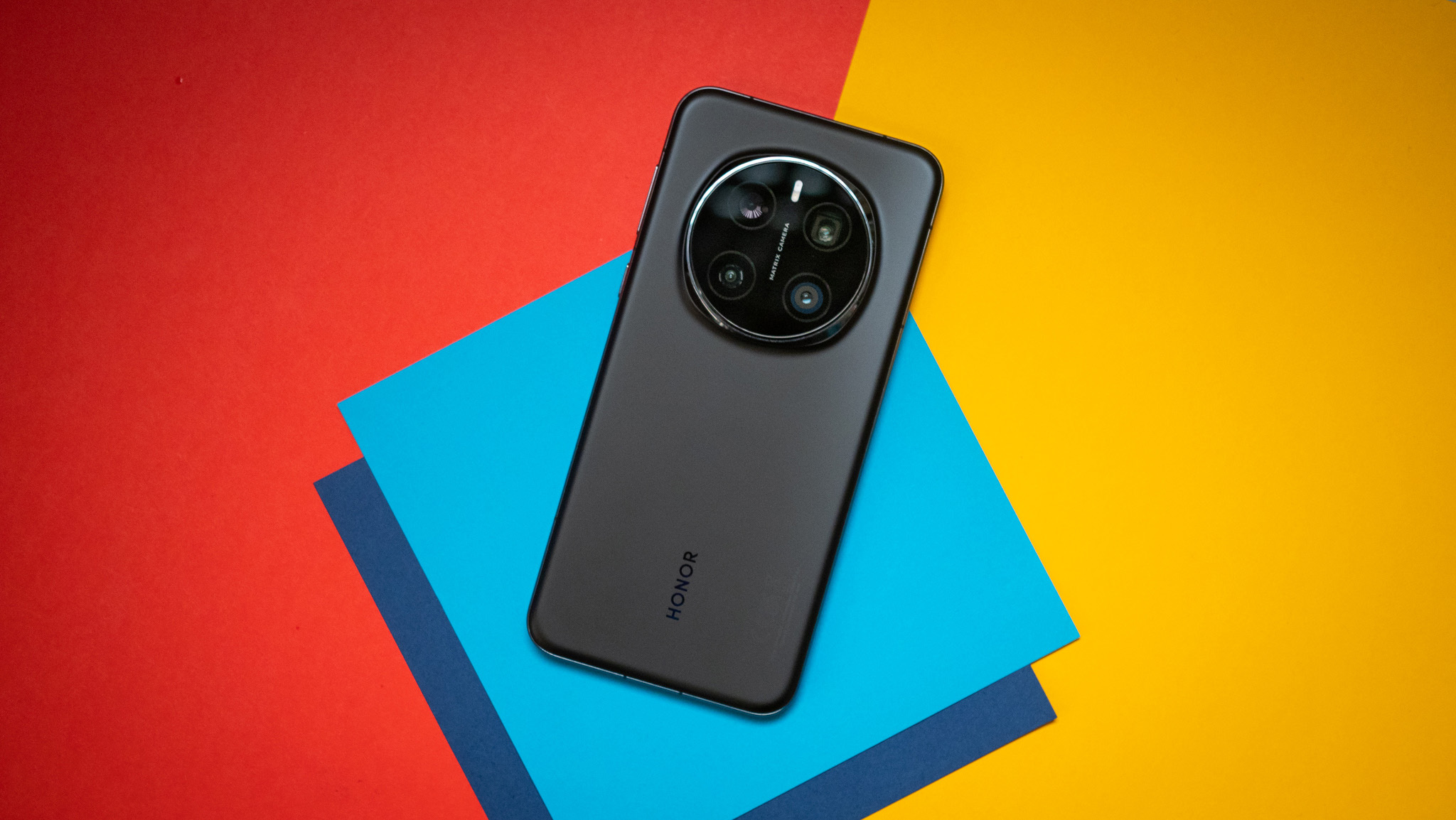
You get 100W charging, and while that’s great to see, Honor isn’t bundling a charger this time. While Apple, Samsung, and Google don’t include a charger on their phones, their devices still use outdated charging tech, and any basic USB PD charger will be more than adequate. That isn’t the case on Chinese phones, so to not include a charger is an egregious omission.
The phone has 80W wireless charging as well, but I wasn’t able to test it out as I don’t have a requisite charger. Anyway, it takes just under 50 minutes to charge the battery using Honor’s 100W charger, and you can use a USB PD charger with the phone as well, which will lower the charging speed to 60W.
Honor has the usual battery modes that allow you to set a charging limit, and optimize charging when you have the phone plugged in overnight. While the battery life is great in its own right, the lack of a bundled charger is irksome to say the least.
Honor Magic 7 Pro: Cameras
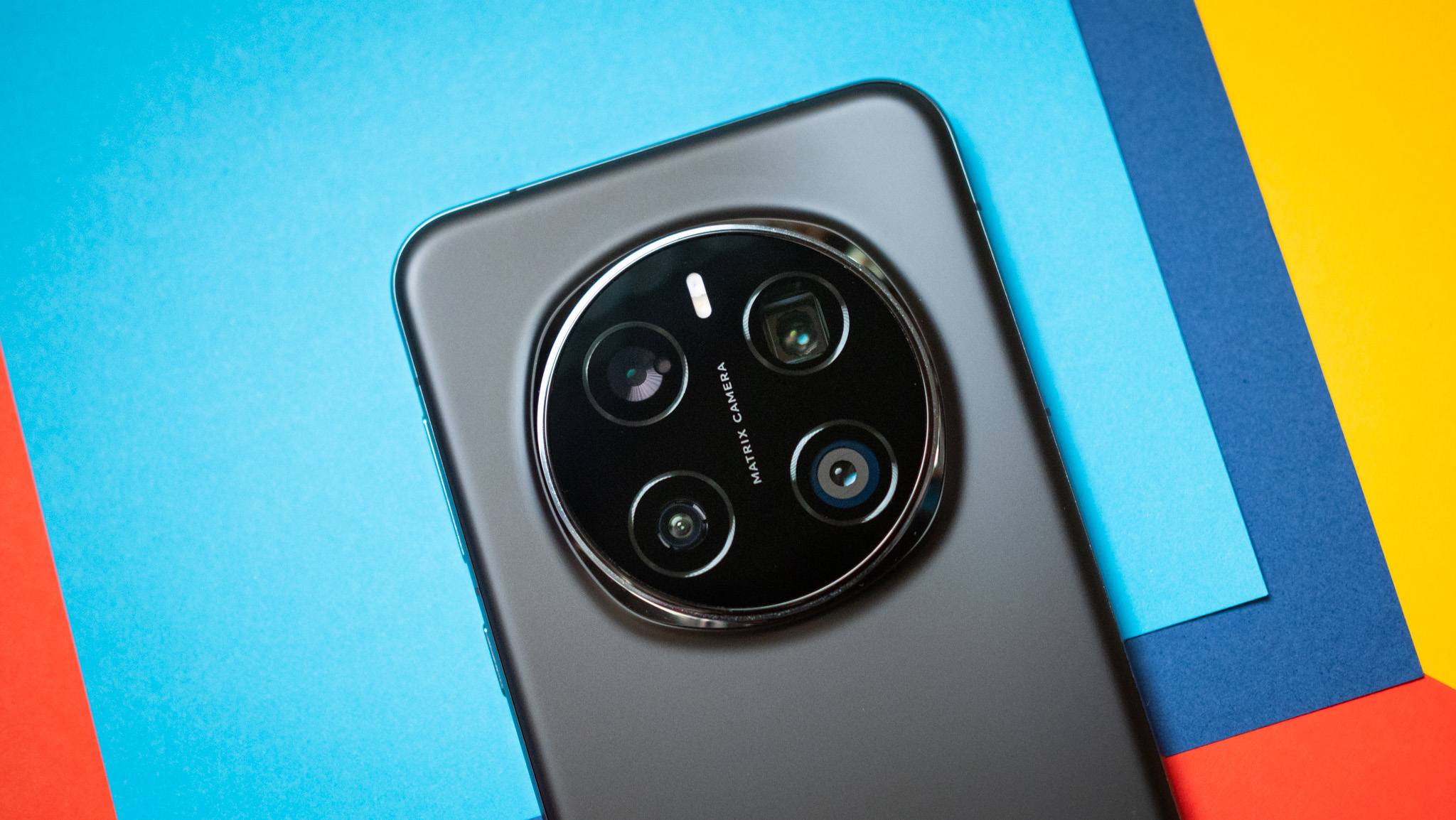
Honor is using a 50MP Super Dynamic Falcon Main Camera on the Magic 7 Pro, and as you can imagine, it does a pretty great job in challenging situations. The most notable inclusion is a 200MP telephoto lens, and it does a magnificent job. Honor isn’t using Samsung’s latest HP9 imaging module like the Vivo X100 Ultra and X200 Pro — instead leveraging the HP3 sensor — but you get 3x optical zoom, 6x lossless zoom, and AI-assisted digital zoom going up to 100x. There’s also a 50MP wide-angle lens, and a 50MP camera at the front.
Honor is debuting a new image engine where it’s leaning heavily on AI models to tweak every photo, including adjusting shadows and highlights. The reasoning is that you get standout shots in any scenario, and while it works well most of the time, it leads to a few inconsistencies when shooting in little to no light.
You get the usual suite of AI-assisted object detection and edition tools, and the camera interface itself hasn’t changed. All cameras can shoot 4K60 video, and you get HDR video that delivers better colors. Similar to last year, you get Harcourt profiles in portrait shots, with three options available: Vibrant, Colour, and Classic.
Honor is leveraging an on-device portrait library to enable AI-assisted portraits, and the brand says it has over a million shadow profiles and a billion settings. Toggling the feature does make a difference, and it is another way Honor is turning to AI to make its cameras stand out.
The main camera takes outstanding photos in any situation, delivering images with great dynamic range and white balance. Colors aren’t overly saturated, foliage is rendered accurately, and it does a better job than last year in low-light images and videos. There are no issues with the wide-angle lens either, and it manages to take detailed shots in any situation.
One of the best things about having a telephoto lens with a massive sensor is that it doubles up as a portrait shooter, and the Magic 7 Pro does a brilliant job in this situation. It isn’t quite as good as what Vivo manages on its devices, but it comes mighty close, delivering stunning photos at 3x and 6x.
There’s 100x zoom as well, and like everything else, the feature is getting an infusion of AI — albeit via an OTA after January. Honor says you can get usable shots at 100x, with the phone using a cloud-based AI model to eke out additional details in shots. The phone uses an on-device model as long as the zoom factor is under 30x, and it is interesting to see how the feature holds up in actual use.
Overall, the Magic 7 Pro has one of the best camera packages available today, and while I still give the edge to Vivo’s X200 Pro, there isn’t as wide a gulf as last year, and that’s great to see.
Honor Magic 7 Pro: Software
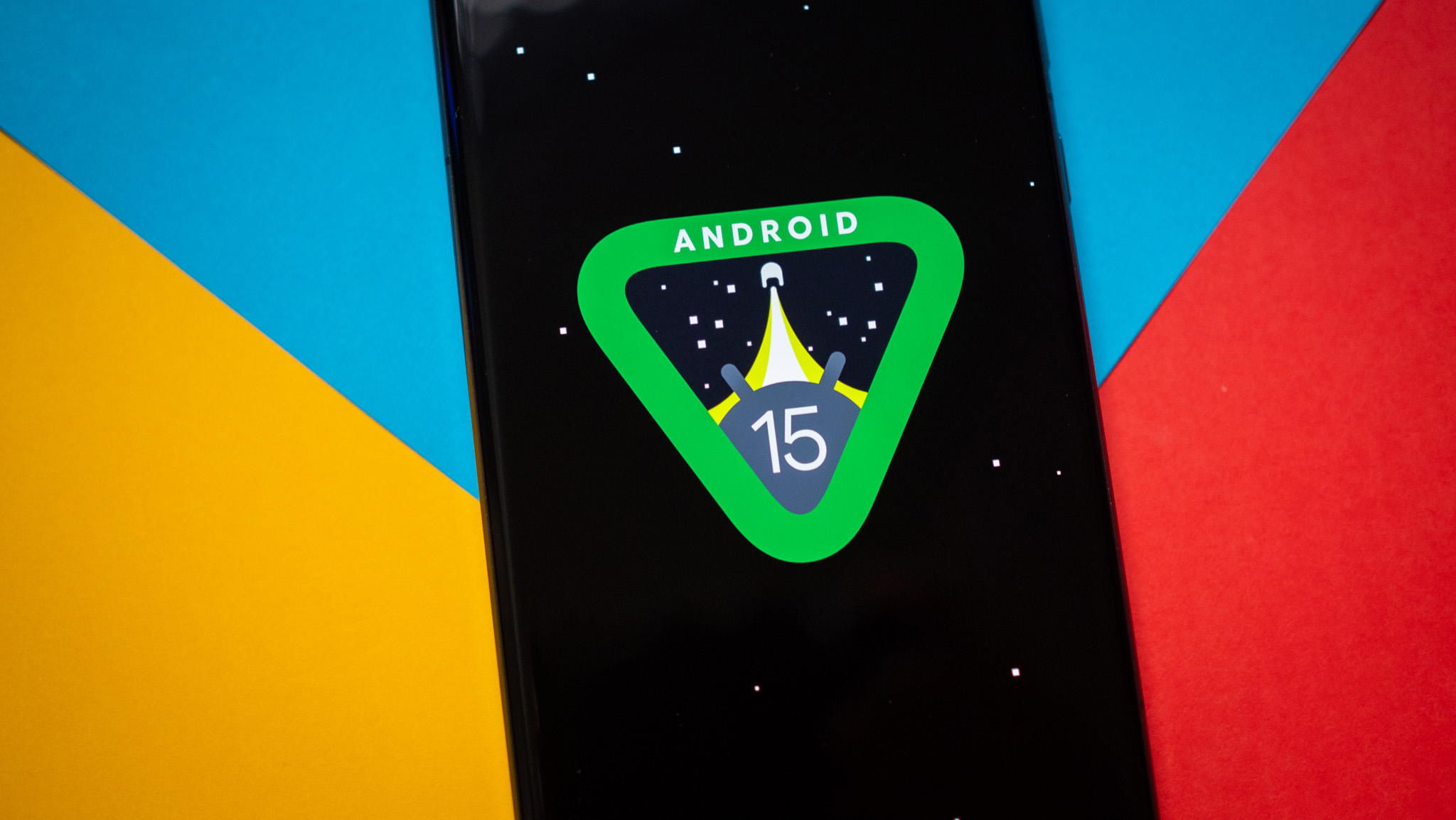
The Magic 7 Pro runs MagicOS 9.0 based on Android 15, and Honor is doubling down on AI features. While the UI itself is better than last year, it is in need of a visual overhaul. The notification pane needs attention as well, with Honor still using outdated cards which don’t let you expand notifications with a pull-down gesture.
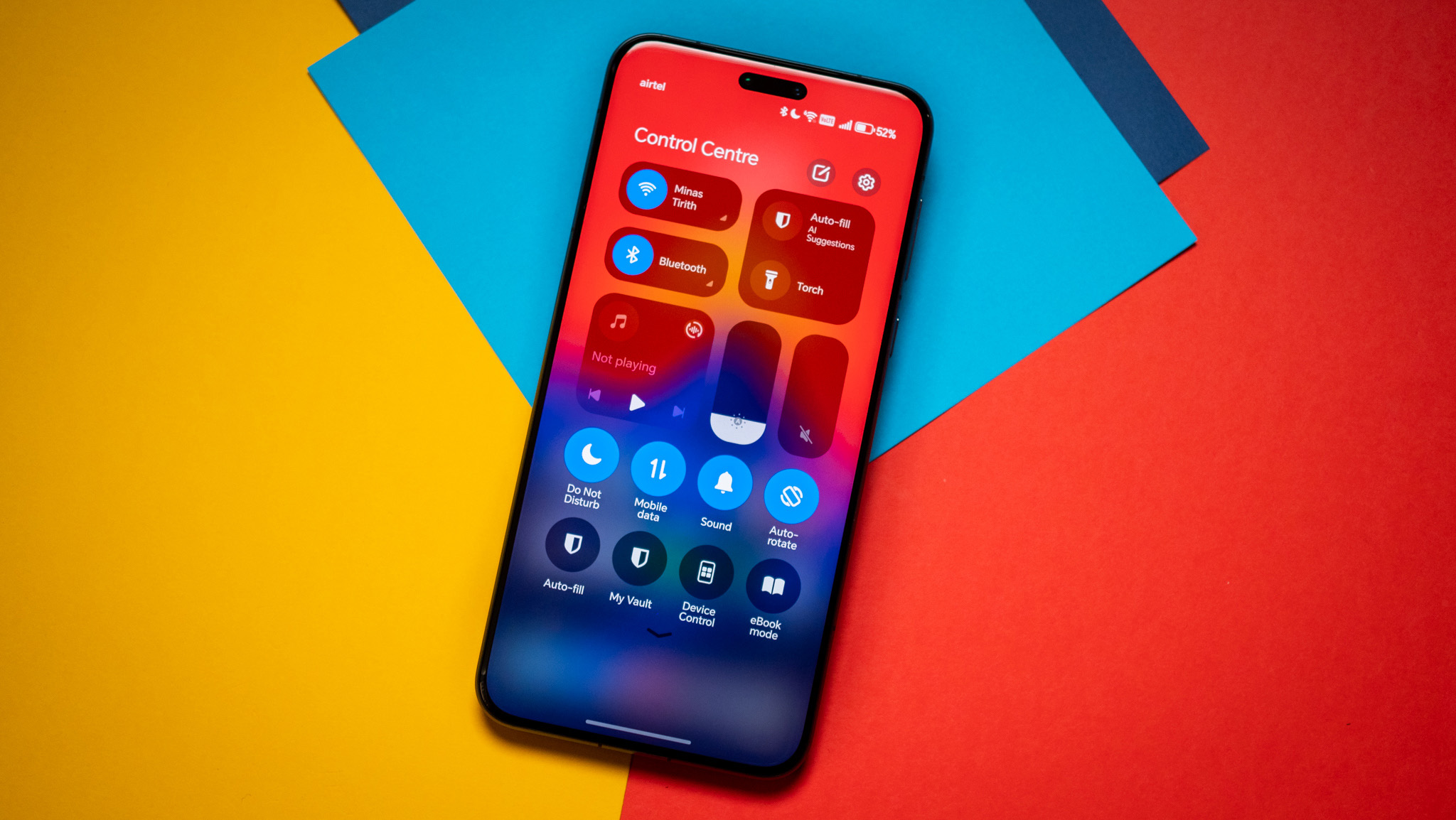
I’m using a pre-release version of the software (build 9.0.0.132), and as the build doesn’t have Google Play certification, it had issues installing apps I waste an inordinate amount of time on (Balatro and Relay). Honor says customers will have a day-one OTA that won’t have these issues, and I’ll update this post once that’s available.
As for the software itself, the biggest difference between the China model and the global variant is that the latter has tight Google integration; Gemini is pre-installed, and you get Circle to Search as standard. There’s no shortage of AI-based utilities, with the device offering real-time translation, notes summarization, text extraction, and so much more.
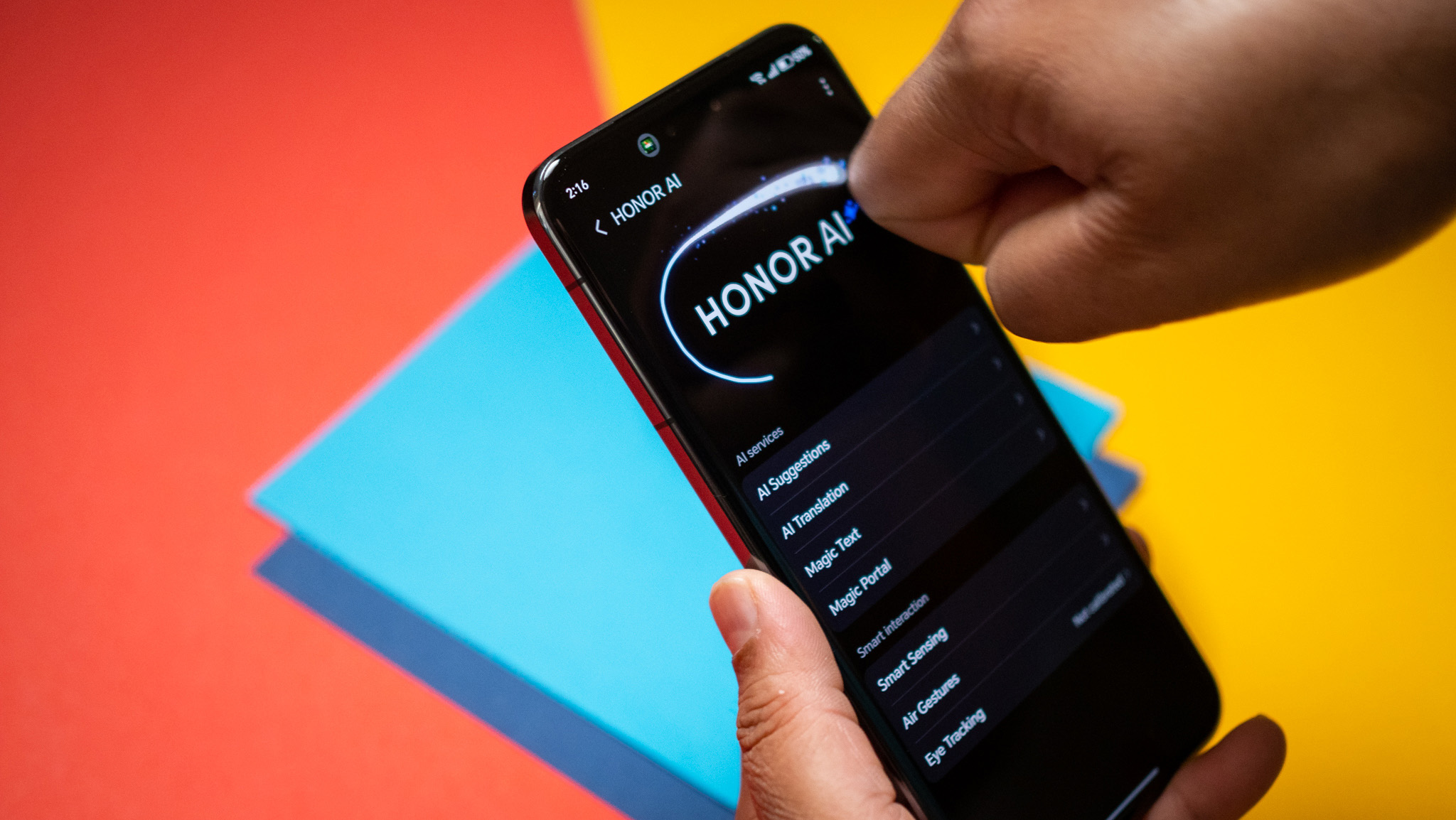
Look, I’m not sold on the generative AI boondoggle, but an easy way to extract text from a PDF and paste it in a chat? I’m onboard with that. This is where Honor’s Magic Portal becomes the differentiator; while the feature had limited usability in the past, there’s integration with services you actually use now, and it’s very handy to be able to paste text, links, and images when you’re browsing into a chat, or send location details.
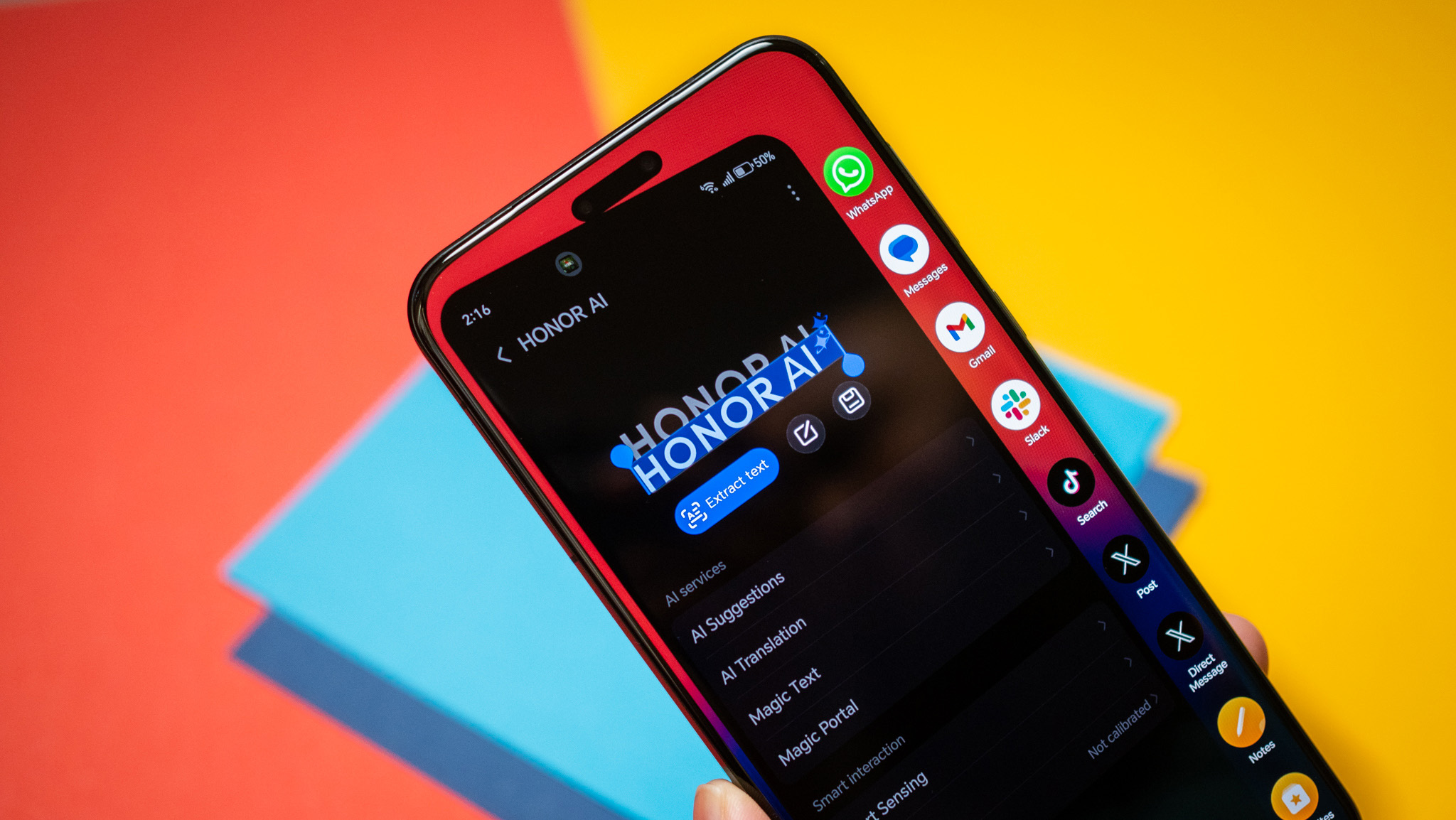
Interestingly, you get the ability to search text or images using a knock gesture, and it works reasonably well. Overall, I like what Honor is doing with the interface, and even though I’m not using the final build, I didn’t run into any stability issues or lag.
When it comes to software updates, the Magic 7 Pro will get five years of Android OS updates alongside six years of security updates. That’s more than what you get with other Chinese manufacturers, and is the right move by Honor.
Honor Magic 7 Pro: The competition
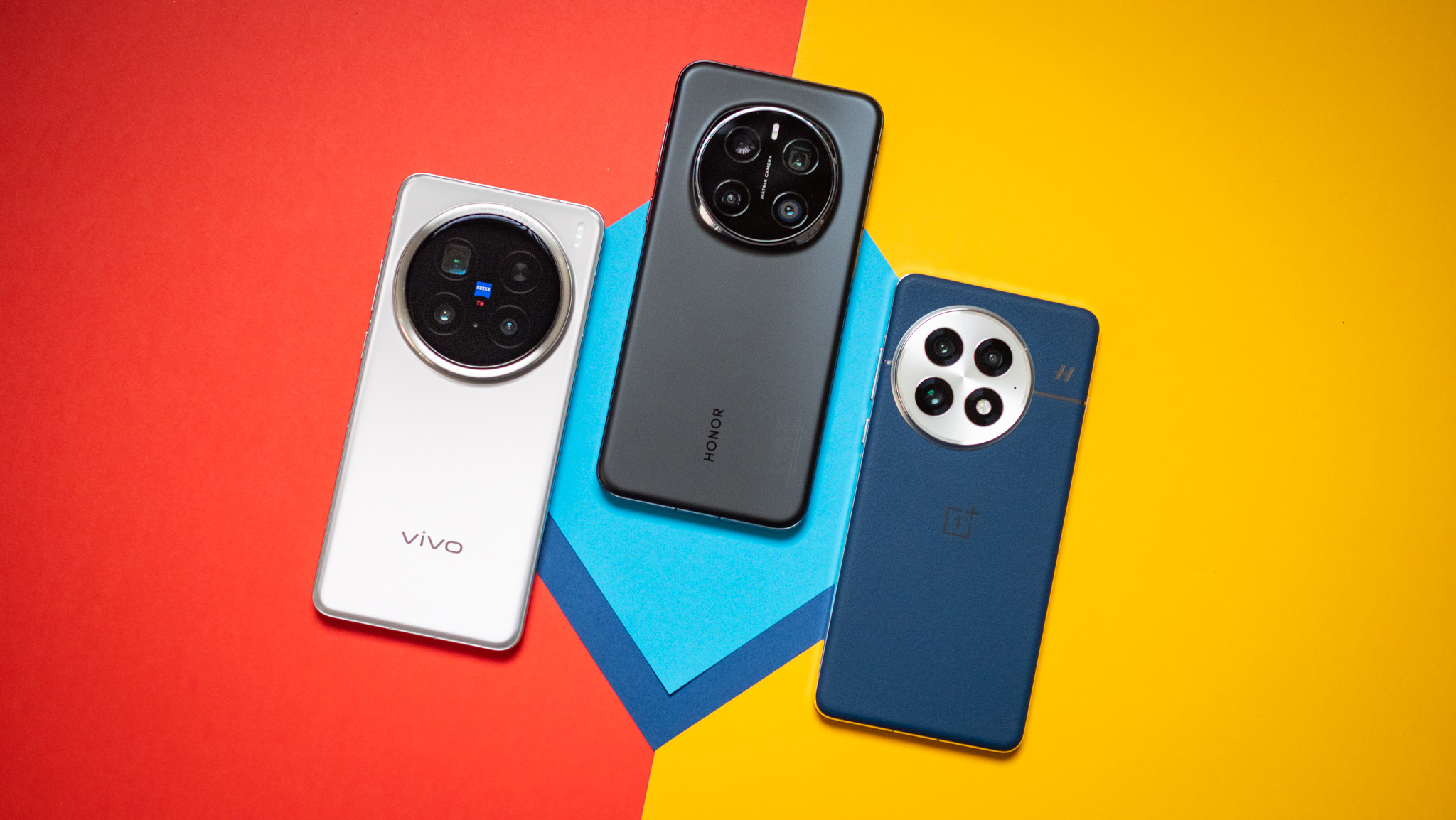
With other brands releasing products sooner than before, there’s a good selection of options if you want a high-end phone right now. Vivo’s X200 Pro continues to deliver the best camera package, but the phone isn’t available in the west, instead limited to Asian countries.
The OnePlus 13 doesn’t have any shortcomings regarding availability, and it is one of the best devices you can buy in 2025. It has a gorgeous design, same great hardware as the Magic 7 Pro, and you get a bigger 6000mAh battery. The cameras are much better this time as well, and coming in at $899/£899, it undercuts the Magic 7 Pro by a considerable amount.
Honor Magic 7 Pro: Should you buy it?
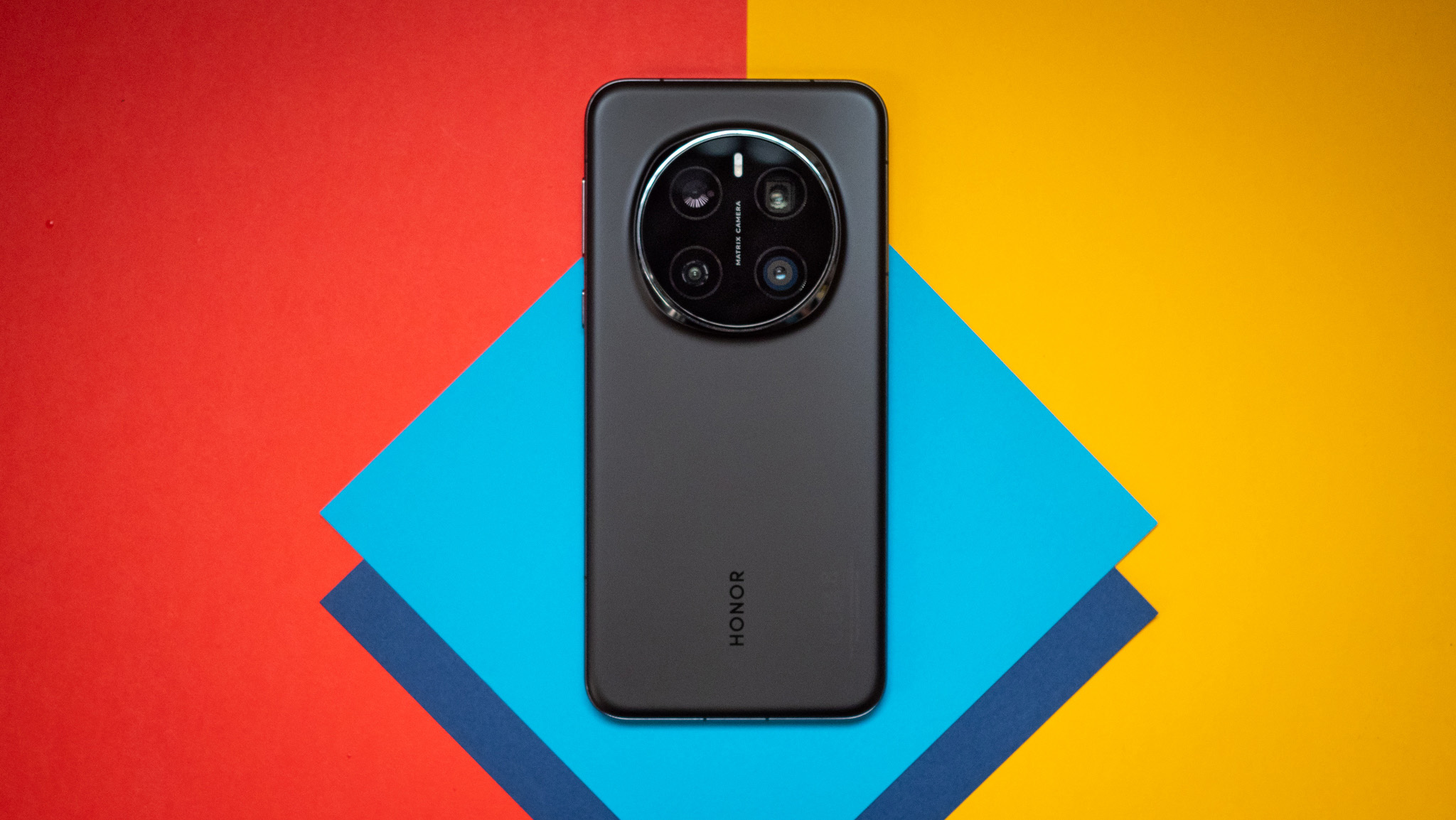
You should buy this if:
- You need the best display tech available
- You want the latest hardware
- You need versatile cameras that take great photos and videos
- You’re looking for useful AI tech
You shouldn’t buy this if:
- You want a clean UI
- You need the best value
Honor did all the right things with the Magic 7 Pro. The design makes the device better to hold and use, and it should have better durability as well. The high-quality AMOLED panel combined with all the eye protection features Honor included makes the screen on the Magic 7 Pro one of the best around, and there are absolutely no issues with color vibrancy or brightness levels.
There’s nothing wrong with the hardware either; the phone blazes through demanding games, and while it gets hot during extended gaming sessions, there are no problems with throttling. I didn’t have to worry about the battery running out before the end of the day, and while it doesn’t last as long as the X200 Pro, it easily manages a day and a bit even with heavy use.
Then there’s the software. Honor did a great job integrating AI-backed utilities into just about every facet of the interface, and they’re actually useful. But it’s the cameras that truly differentiate the Magic 7 Pro; the phone takes fantastic photos in just about any lighting situation, and you get detailed shots even at 30x zoom and beyond.
Should you get the Magic 7 Pro over what Google and Samsung have to offer? The camera is better than the Pixel 9 Pro XL, you get additional versatility thanks to the 200MP sensor, and the overall hardware is better as well. If anything, the biggest rival to the Magic 7 Pro is the Vivo X200 Pro, but seeing as how you can’t get that device reliably in western markets, the Magic 7 Pro has a distinct advantage.

